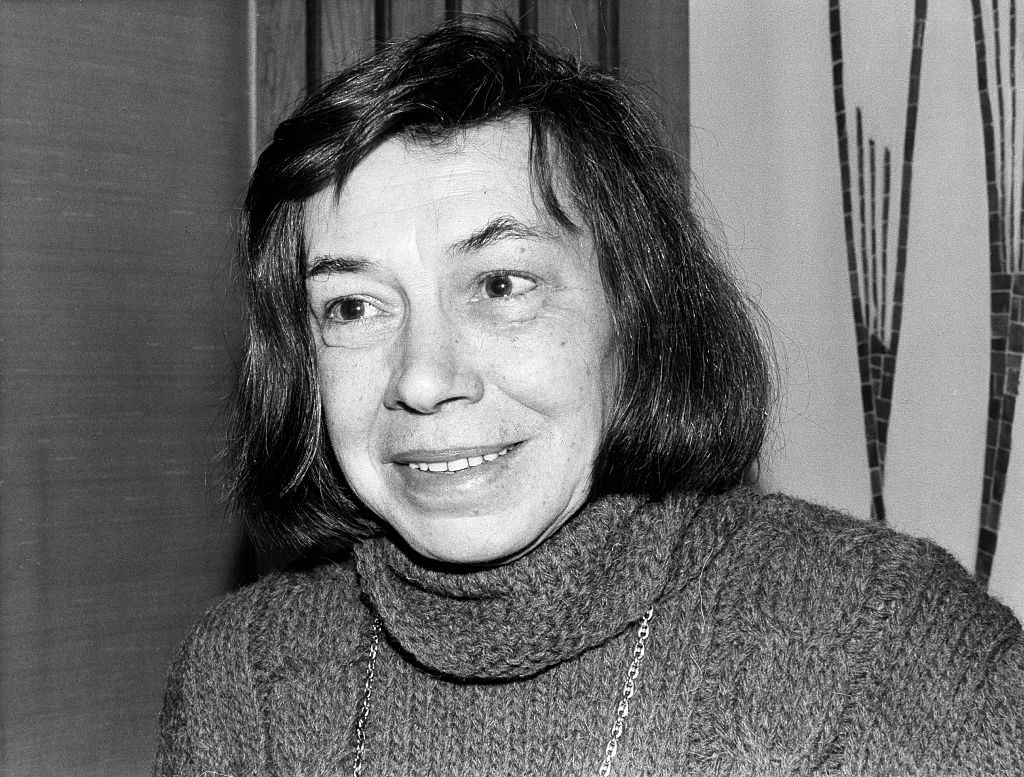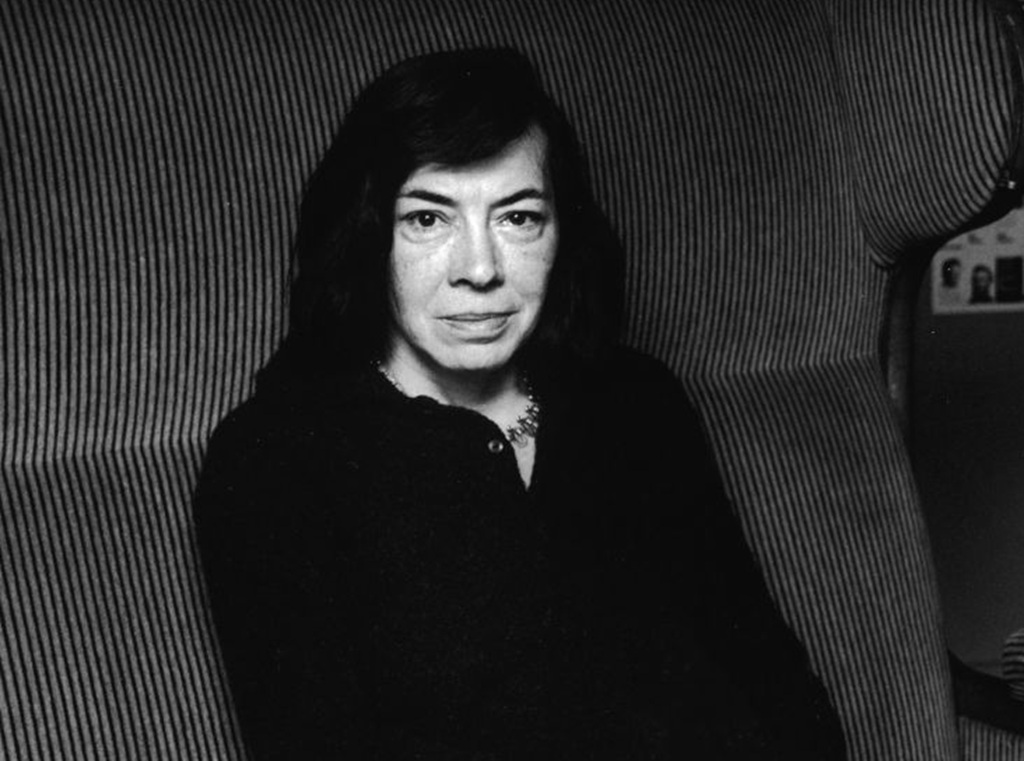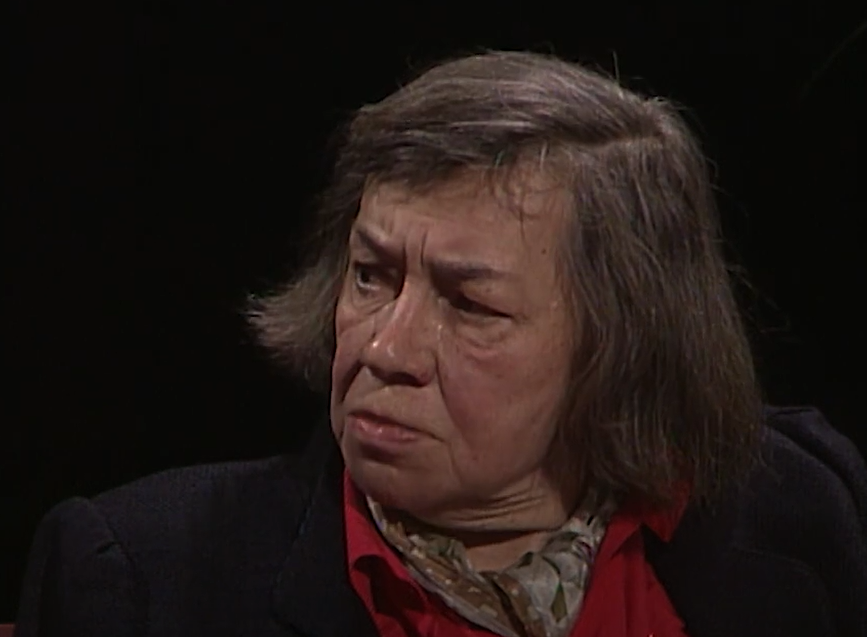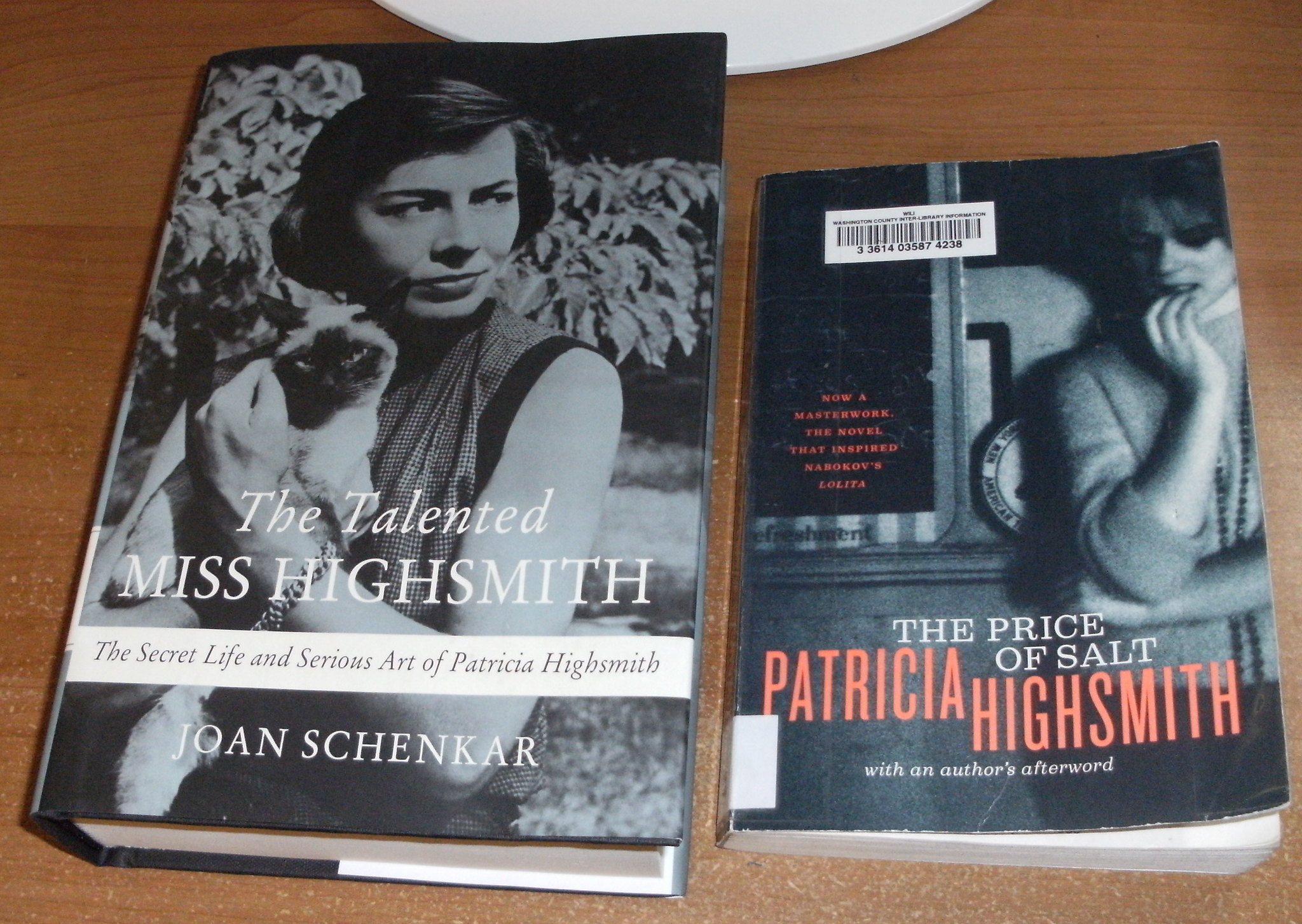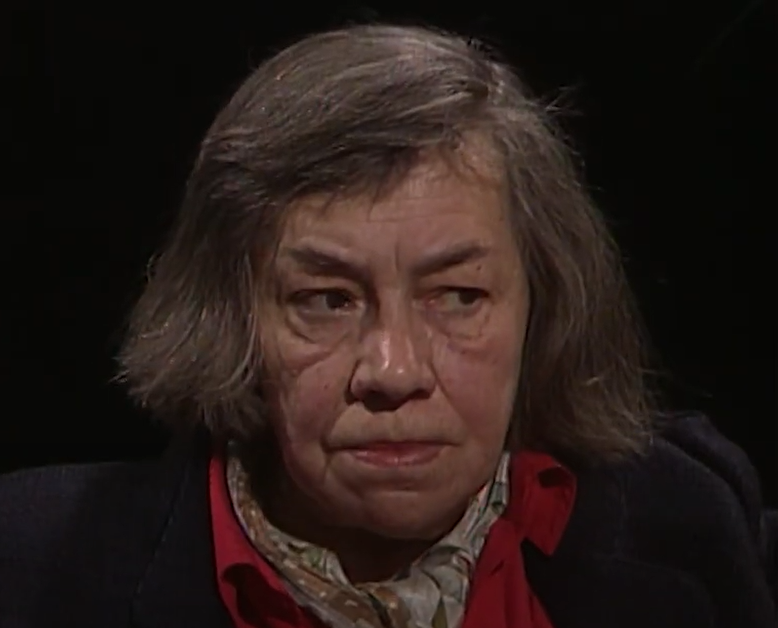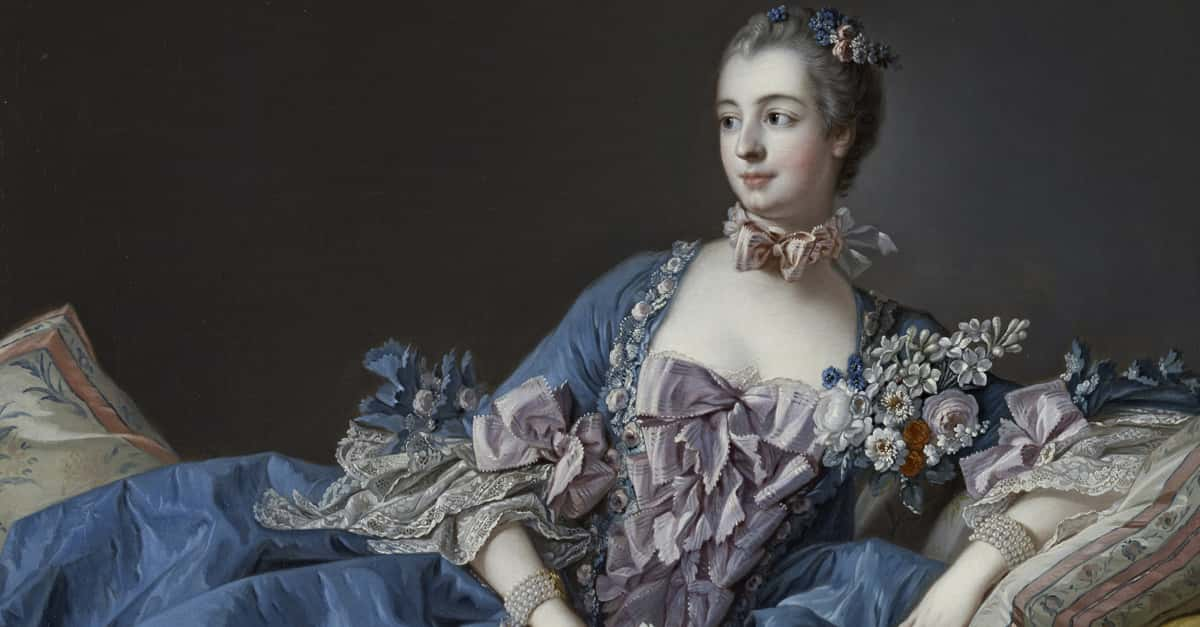The Talented Ms Highsmith
Patricia Highsmith was most famous for her sharp thrillers like The Talented Mr Ripley, where rage and fear seethes on every page. Seemingly every relationship Highsmith ever had, from familial to romantic, was shot through with agony—and, sadly, Highsmith may have been the root of the problem.
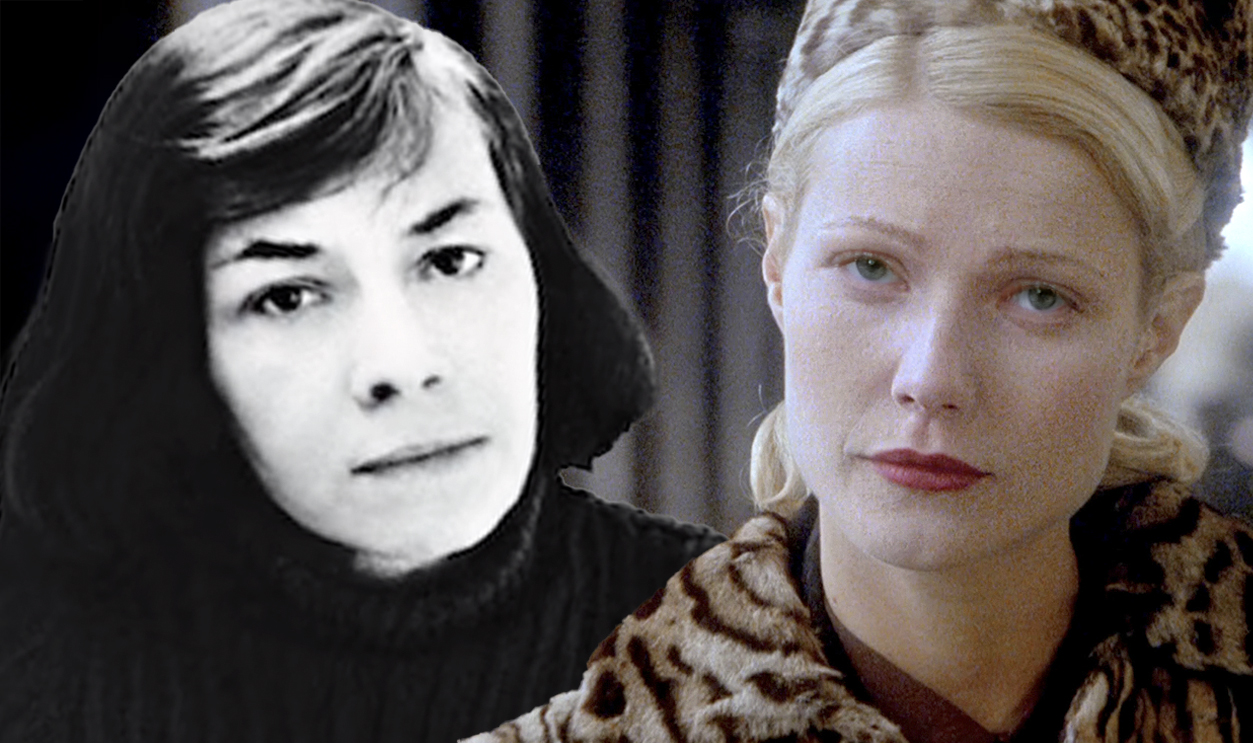
1. Her Father Didn’t Want Her
Patricia Highsmith’s life began with the deep sadness and pain that would define her work. Her father, Jay Plangman, was aghast when his wife Mary got pregnant with Patricia, and actually convinced her to try to get rid of the baby in utero by drinking turpentine.
When her mother complied, the situation turned more dire.
2. Her Family Fell Apart
Mary’s attempt to take her unborn daughter’s life didn’t just fail—it also snapped her back to reality. Realizing her baby could never grow up with a father like this, Mary left the house, heavily pregnant, and filed for divorce. The ruling went through just nine days before Patricia was born in Fort Worth, Texas in 1921.
These horrific days would define Patricia’s life, and the ones following weren’t much better.
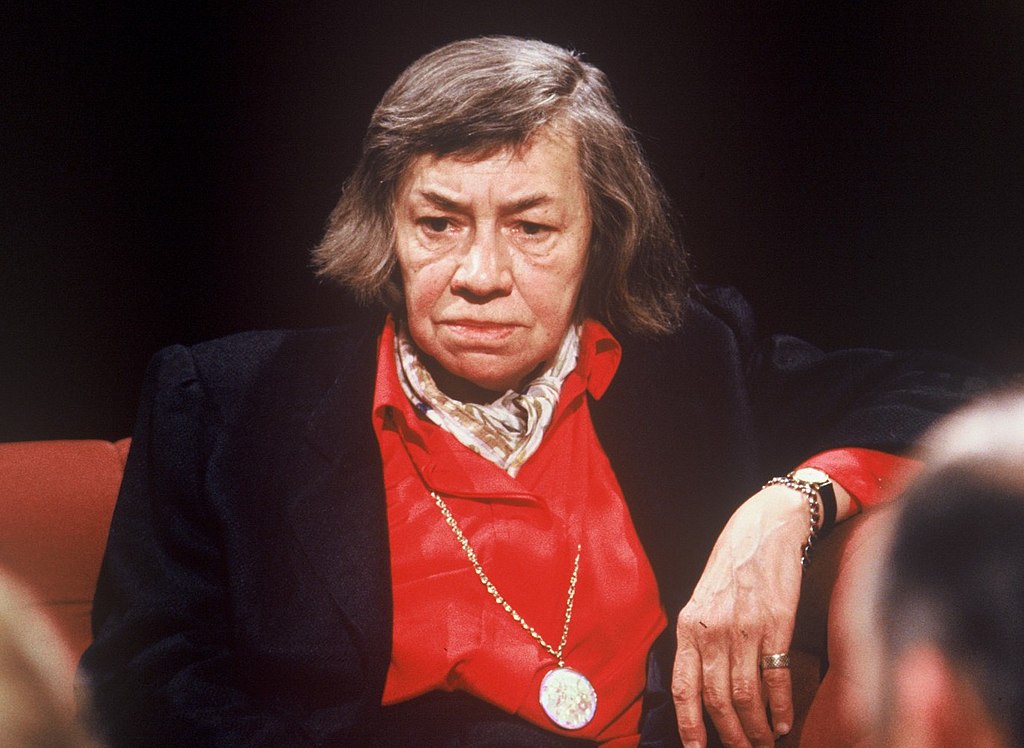 Open Media Ltd, CC BY-SA 3.0, Wikimedia Commons
Open Media Ltd, CC BY-SA 3.0, Wikimedia Commons
3. She Grew Up Like An Orphan
With her Mary grappling with single motherhood, Patricia was itinerant for much of her formative years. She lived with her maternal grandmother until she was six, and then moved in with her mother and new stepfather, Stanley Highsmith, in New York City. But although Patricia took on the Highsmith name, it was nowhere near a happy family.

History's most fascinating stories and darkest secrets, delivered to your inbox daily.
4. She Was In Pain
From a young age, the psychological scars of Patricia's infancy and childhood began to show. She began to suffer from both depression and anorexia, and even then began to evince a total disregard for her own body—she would soon drink and smoke heavily, caring little for what she ate. Unfortunately, that was far from all.
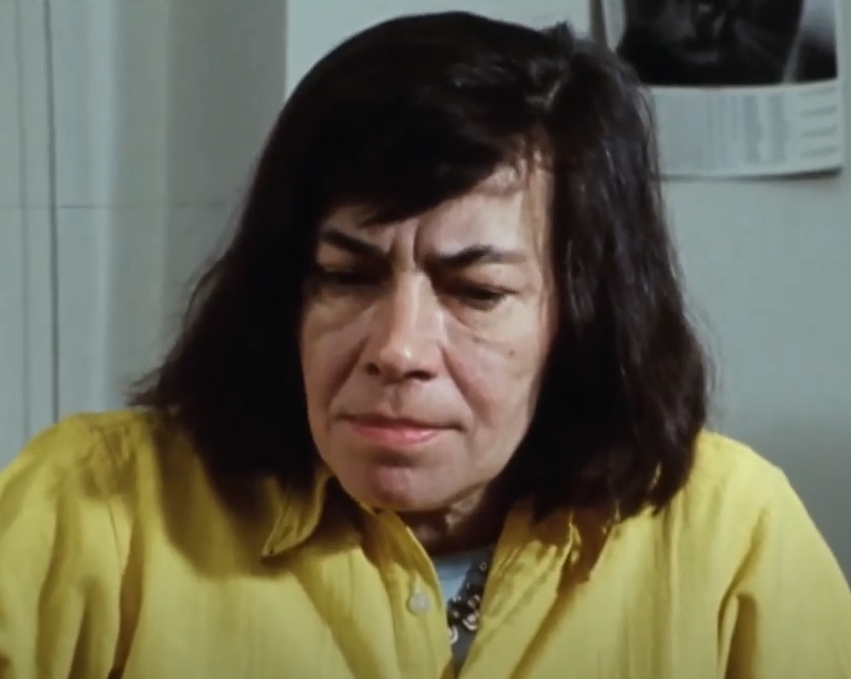 Ensemble Films, Loving Highsmith (2022)
Ensemble Films, Loving Highsmith (2022)
5. She Resented Her Mother
Given all this turmoil, it’s no surprise that Patricia developed complicated feelings for her mother and stepfather. But the violence of her feelings was truly disturbing. She despised Stanley straight off, but had a vicious and enduring love-hate relationship with her mother, who her biographer called, "the great love of Pat Highsmith's life—and, certainly, her greatest hate”.
That hatred was about to flare up.
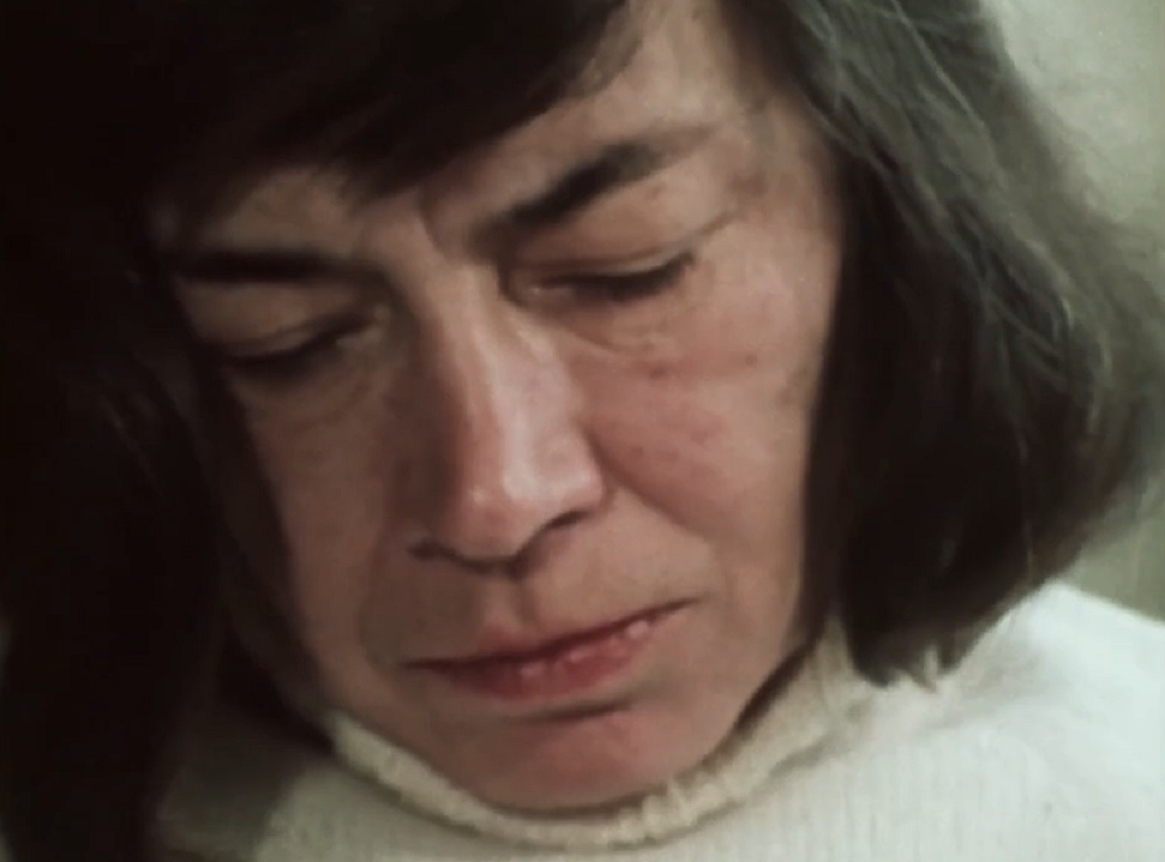 Ensemble Films, Loving Highsmith (2022)
Ensemble Films, Loving Highsmith (2022)
6. Her Mother Abandoned Her
In 1934, Patricia’s mother was in a rough patch with her stepfather Stanley Highsmith and, in order to attempt a reconciliation, she packed Patricia off to her maternal grandmother’s again for a year. The effect on Patricia was brutal: She called it her “saddest year,” and would forever after believe her mother abandoned her—and was capable of abandoning her again.
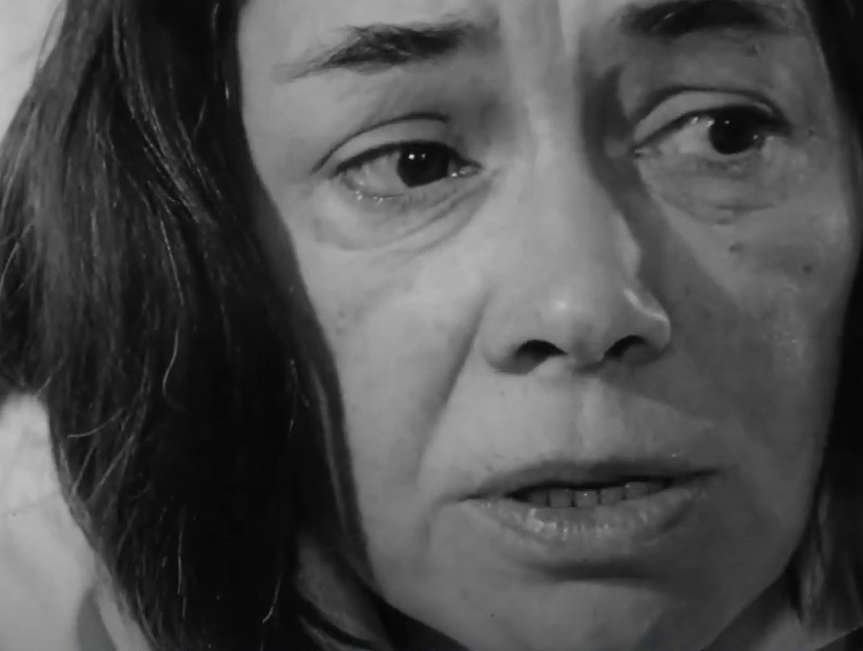 Ensemble Films, Loving Highsmith (2022)
Ensemble Films, Loving Highsmith (2022)
7. She Had Forbidden Desires
As with nearly everything in her identity, Highsmith also struggled with her sexuality. She was a lesbian, but her acceptance of this was tormented at best. According to her, this torment stemmed from another horrific moment with her mother. Aware of her daughter’s attractions, Highsmith’s mother reportedly asked her if she was lesbian in a way that made Patricia feel “like a cripple on the street”.
Patricia began to write stories to exorcise her emotions…with some chilling effects.
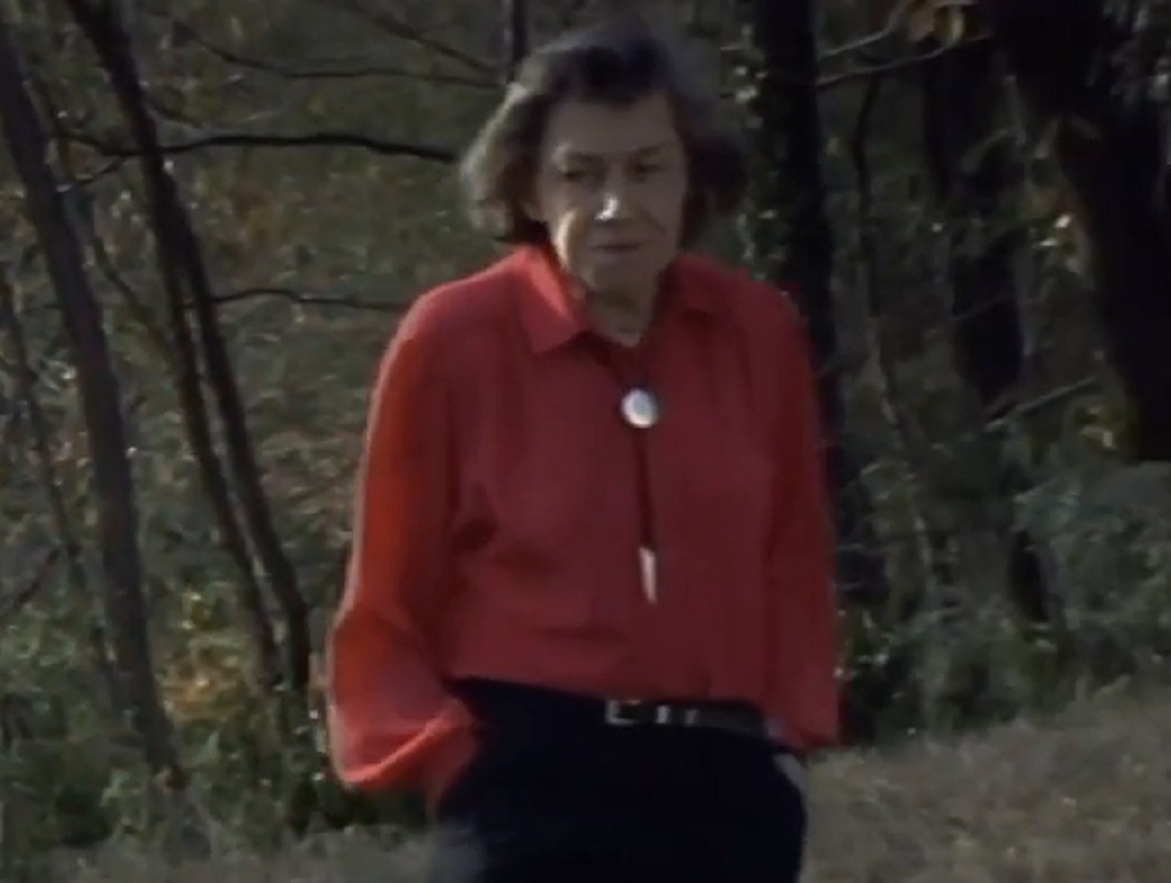 Ensemble Films, Loving Highsmith (2022)
Ensemble Films, Loving Highsmith (2022)
8. Her Writing Revealed Her Pain
Highsmith began to get fascinated with psychology from a young age, and was very adept at writing about her own experiences. After attending a summer camp as a tween, the letters she sent home eventually became a published short story. But this period was also fraught with her rage about that home: Much later, she would write “The Terrapin,” where a boy stabs his mother to death.
As she entered adulthood, her struggles continued.
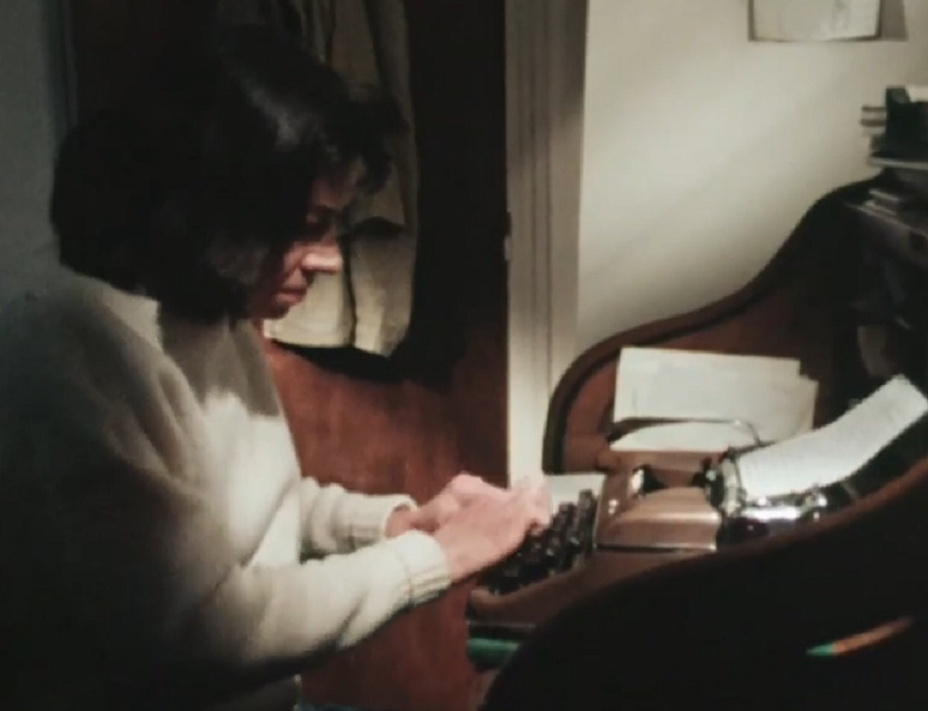 Ensemble Films, Loving Highsmith (2022)
Ensemble Films, Loving Highsmith (2022)
9. She Was A Loner
Highsmith went to Barnard College for literature and composition, graduating in 1942, but her time there was not the picturesque college experience. Those who knew her at the time saw her as an inveterate loner uninterested in divulging anything about her life to them, although she was fiercely loyal to the few friends she did have.
Her introduction to the “real world” of a career was just as bumpy.
 BrillLyle, CC BY-SA 4.0, Wikimedia Commons
BrillLyle, CC BY-SA 4.0, Wikimedia Commons

History's most fascinating stories and darkest secrets, delivered to your inbox daily.
10. She Hated Her Work
After graduating, Highsmith wanted to begin a career in highbrow writing, and applied to everything from Harper’s Bazaar to Time magazine and The New Yorker. She got nothing from them, and ended up taking a job with a comic book publishing company, writing their stories.
The trouble was, even after she took up freelance writing comics, it was a job she despised and thought of as “hack work”. Her sights lay elsewhere.
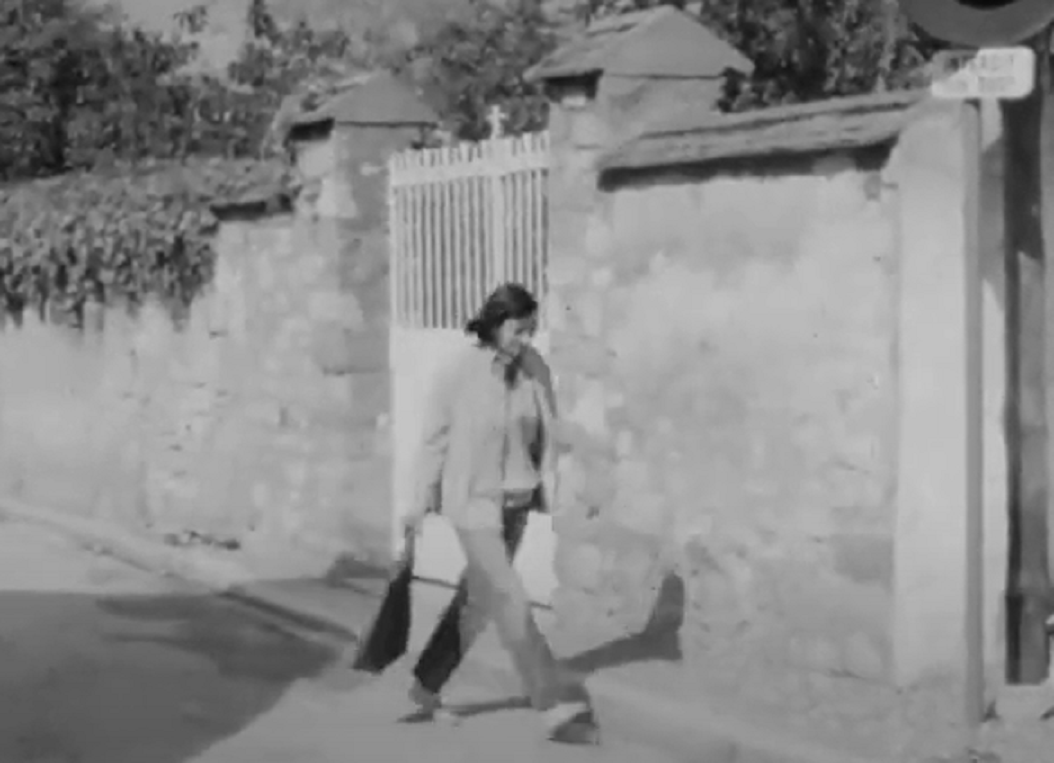 Ensemble Films, Loving Highsmith (2022)
Ensemble Films, Loving Highsmith (2022)
11. She Was Determined To Write
The art world had continually turned her away, but this only made the contrary Highsmith more determined to get in. She was committed to publishing novels and other works, and used her nights after her comics job to write short stories. Time and time again, though, publications summarily ignored her submissions.
When she finally did get success, it was a double-edged sword.
12. Her Work Was Too Dark
In 1945, Highsmith finally got a short story published in a reputable venue: Harper’s Bazaar printed “The Heroine,” which followed a pyromanic nanny. It created some interest in her work with other publishers like Knopf, but there was a fundamental problem. Her agents insisted that she turn her dark, apprehensive style more “upbeat,” a request the staunchly pessimistic Highsmith sneered at.
And indeed, her personal life was turning even more grim.
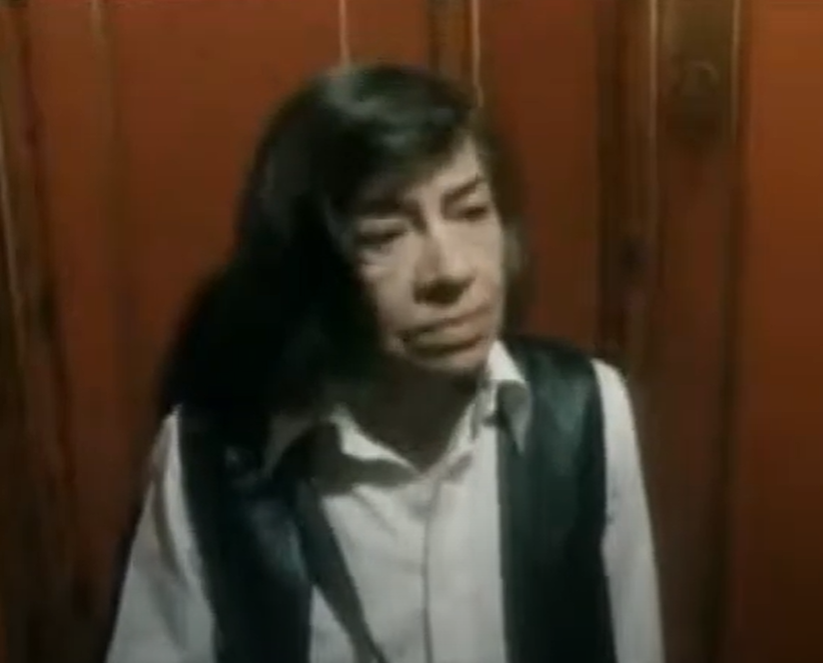 Patricia Highsmith, 74, (1921-1995) writer, George Pollen
Patricia Highsmith, 74, (1921-1995) writer, George Pollen
13. She Was Full Of Self Hatred
Highsmith’s lesbianism had always been a complicated topic for her, but increasingly the cold, uncaring women she chose to have relationships with were a bigger problem. Highsmith berated herself for her tastes, writing "there is something perverted within me, that I don't love a girl anymore if she loves me more than I love her”.
Love, though, often had very little to do with it.
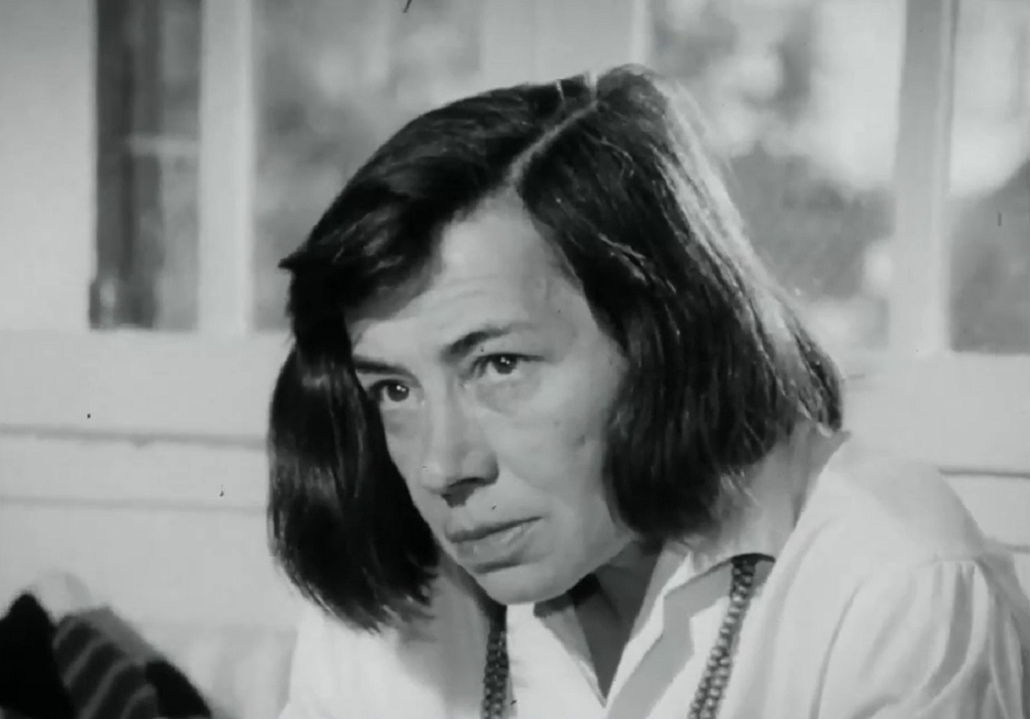 Ensemble Films, Loving Highsmith (2022)
Ensemble Films, Loving Highsmith (2022)
14. She Liked Men More Than Women
In many contemporary eyes, Highsmith was both a lesbian and a misogynist. She held very little respect for most women and preferred friendships with men, once writing that "A woman's stupidity…cannot be equalled in the animal kingdom. Men's energies are naturally more constructive and healthy”.
Playwright Phyllis Nagy wrote more succinctly that Highsmith was "a lesbian who did not very much enjoy being around other women". In practice, these conflicted desires were even more heartbreaking.
 Harald Krichel, CC BY-SA 3.0, Wikimedia Commons
Harald Krichel, CC BY-SA 3.0, Wikimedia Commons
15. She Went After What She Couldn’t Have
Highsmith’s infatuations were often either wholly unreciprocated or, as she herself noted, unbalanced. This was also partly because she was most attracted to high-class, cultured women she aspired to be—intimacy for her was safer if she never had it.
In 1941, for example, she fell in love with journalist Rosalind Constable, but although Constable helped Highsmith with her career, nothing was ever consummated between them. Her consummated relationships, meanwhile, were tragic and guilt-ridden.
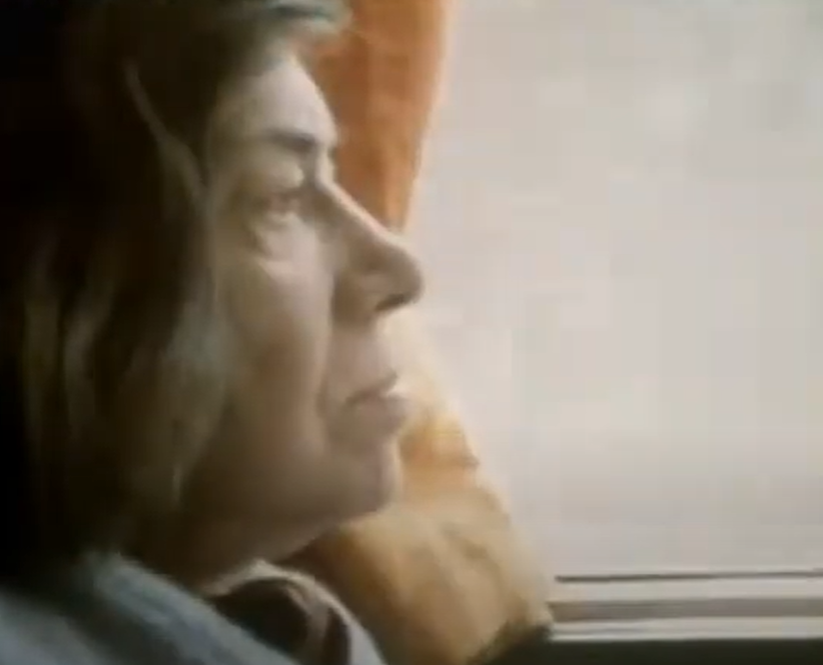 Patricia Highsmith, 74, (1921-1995) writer, George Pollen
Patricia Highsmith, 74, (1921-1995) writer, George Pollen

History's most fascinating stories and darkest secrets, delivered to your inbox daily.
16. She Cheated On Everyone
Not long after getting over Rosalind Constable, Highsmith started an affair with the artist Allela Cornell, although this affair—like so many of Highsmith’s relationships—didn’t last long. Believing herself a polygamist, Highsmith was chronically unfaithful to the women in her life and very rarely stayed with anyone for more than two or three years.
But the end of her relationship with Cornell came with a darker twist.
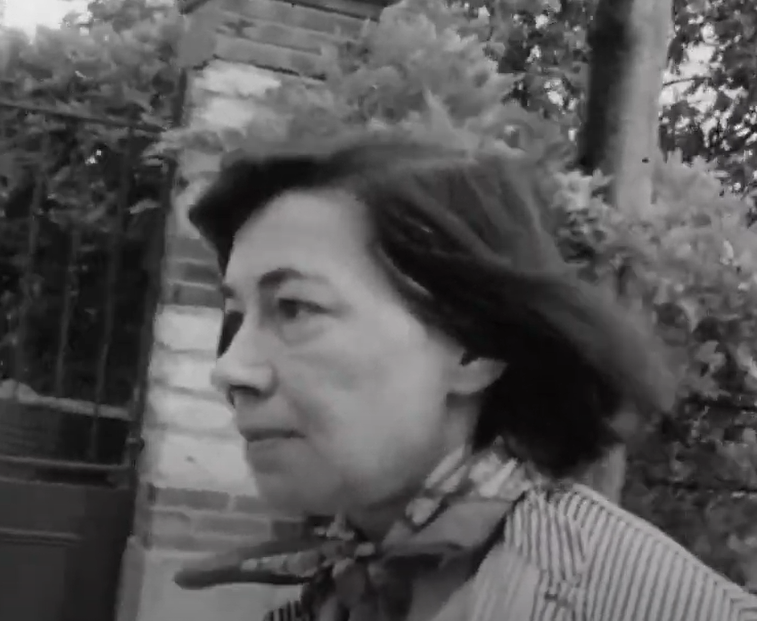 Ensemble Films, Loving Highsmith (2022)
Ensemble Films, Loving Highsmith (2022)
17. She Was Wracked With Guilt
Three years after their breakup, Allela Cornell took her own life in despair over another ended affair. Highsmith’s reaction was alarming. Although Highsmith and Cornell had not been together in some time and Cornell’s death had nothing to do with her, Highsmith was wracked with guilt over her end. Forever after, she even made sure Cornell’s oil portrait hung in all her homes.
Her writing, never much cheerier than her personal life, now took on a bitter—and incredible—inspiration.
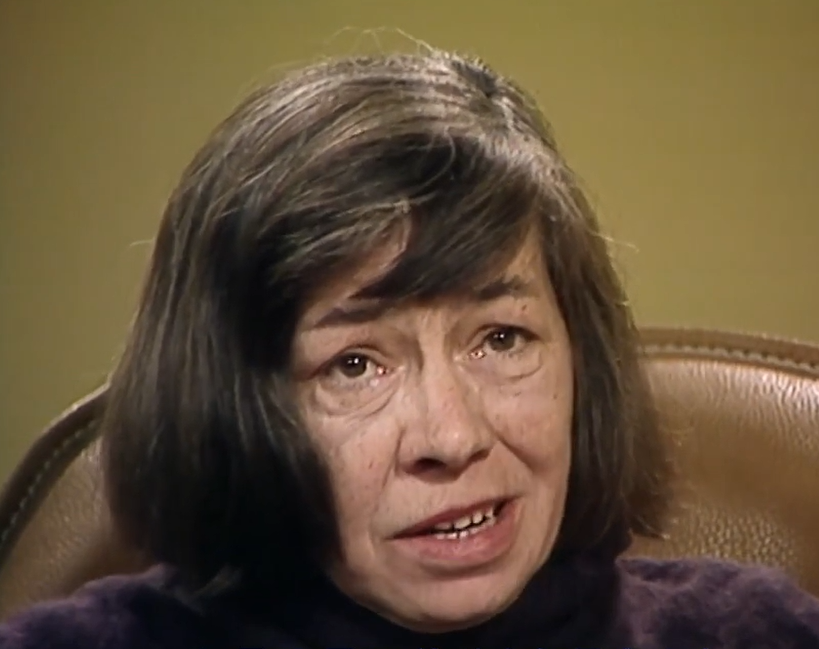 Ensemble Films, Loving Highsmith (2022)
Ensemble Films, Loving Highsmith (2022)
18. She Wrote A Famous Book
In 1946, Highsmith read Albert Camus’ stark The Stranger, and it gave her writing a new, terrifying life. Soon after, she published what would become one of her most famous novels: the bleak, murderous Strangers on a Train. The novel’s unforgiving, acute portrayal of psychological agony still captivates readers today, and was an instant hit.
Patricia Highsmith was finally on top. She was also already unraveling.
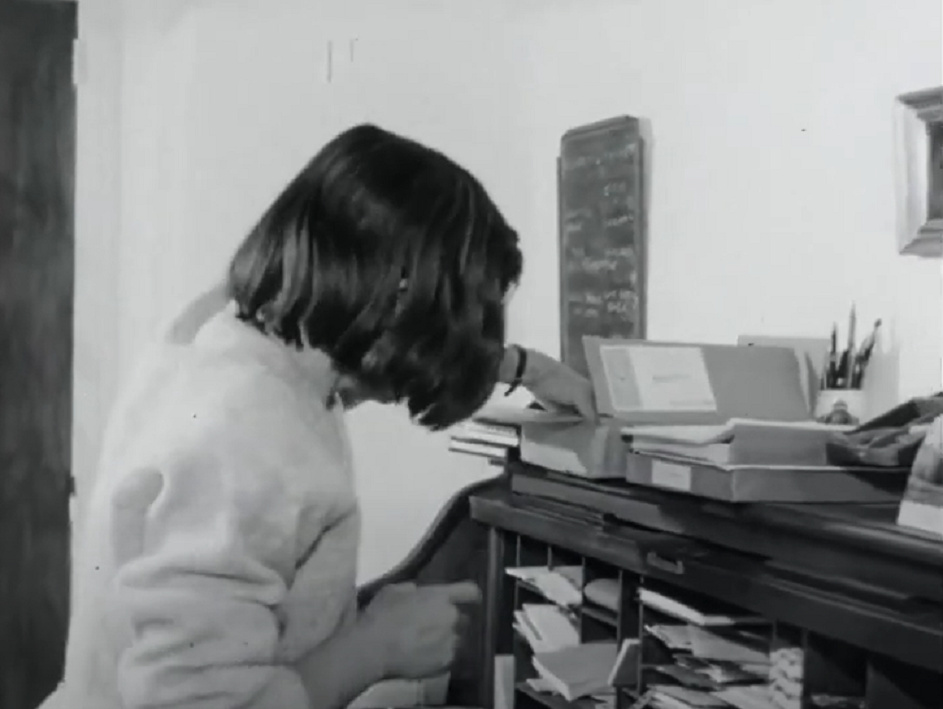 Ensemble Films, Loving Highsmith (2022)
Ensemble Films, Loving Highsmith (2022)
19. She Punished Herself
Despite being predominantly attracted to women, Highsmith did have bedroom relationships with men, at times seemingly as a way to punish herself. She once wrote that sleeping with a man was like “steel wool in the face” and admitted that “the male face doesn’t attract me”.
Even so, since she so deeply preferred the company of men, some suggest it was a way to try out being straight. Only, Highsmith took this way too far.
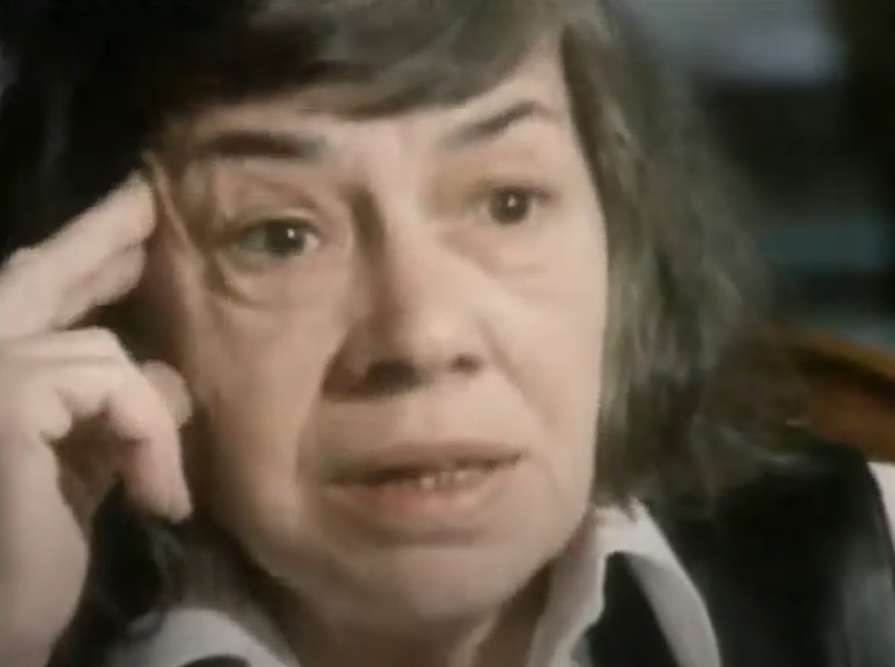 Patricia Highsmith, 74, (1921-1995) writer, George Pollen
Patricia Highsmith, 74, (1921-1995) writer, George Pollen
20. She Had A Relationship With A Man
Just before Strangers on a Train came out, Highsmith was putting herself through a cruel experiment. After meeting writer Marc Brandel, Highsmith first told him she was a lesbian and then began a relationship with him anyway, certain that she could somehow stem the tide of her actual desires. Unfortunately, she didn’t leave it there.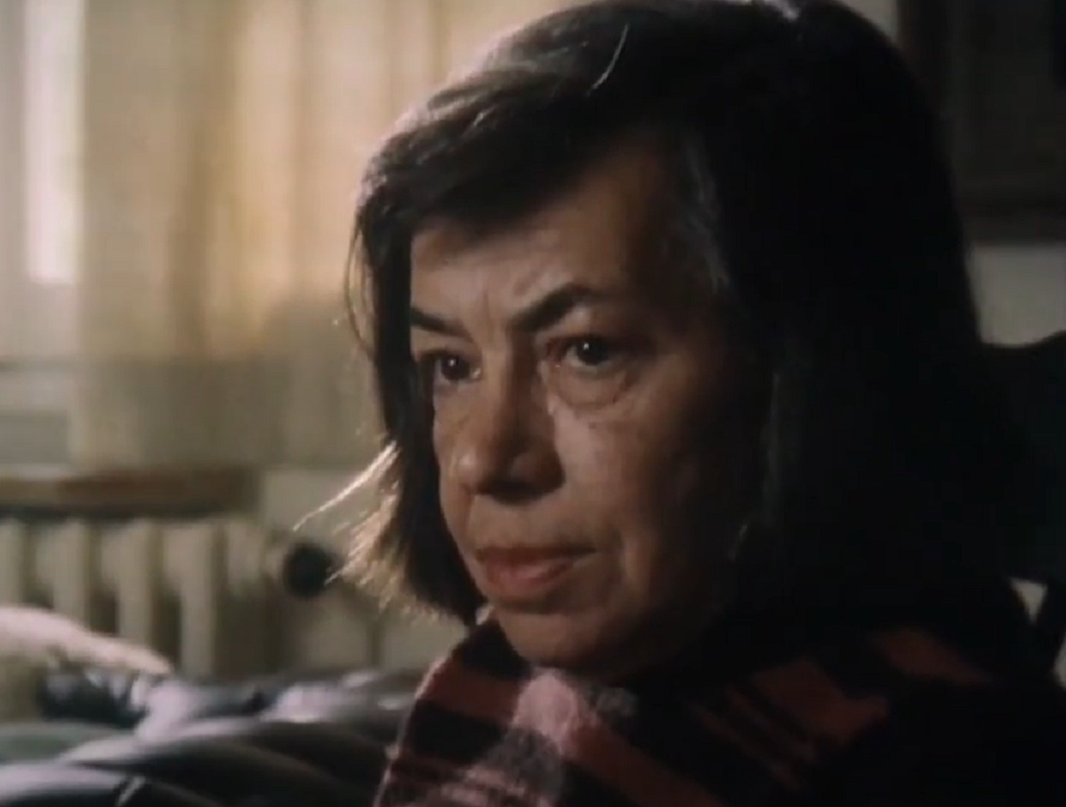 Ensemble Films, Loving Highsmith (2022)
Ensemble Films, Loving Highsmith (2022)
21. She Tried To Convert Herself
Highsmith was so determined to make things work with Brandel that she put herself into half a year of psychoanalysis in order “to regularize herself” and be able to marry him. By May of 1949, the pair were engaged, and Highsmith now looked like the rest of “respectable” society on the outside…until she and Brandel finally broke it off in 1950.
But Highsmith’s desires had to go somewhere.
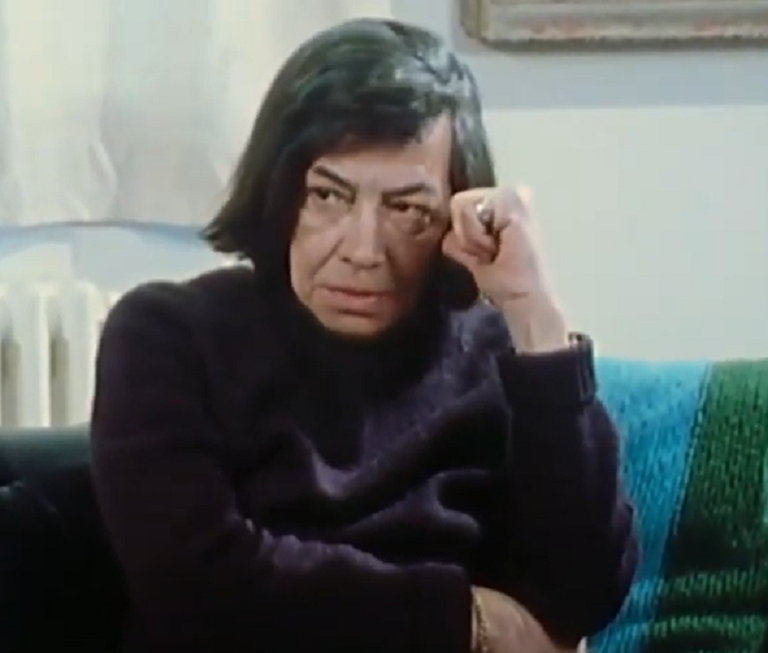 Ensemble Films, Loving Highsmith (2022)
Ensemble Films, Loving Highsmith (2022)

History's most fascinating stories and darkest secrets, delivered to your inbox daily.
22. She Couldn’t Deny Herself
Highsmith and Brandel, at the very least, weren’t delusional enough to be exclusive while they were together, and they each took other lovers during their engagement—Highsmith began an affair with the artist Ann Smith, as well as with the psychoanalyst Kathryn Cohen.
Indeed, it was Highsmith’s relationship with Brandel that paved the way for one of her most infamous infatuations.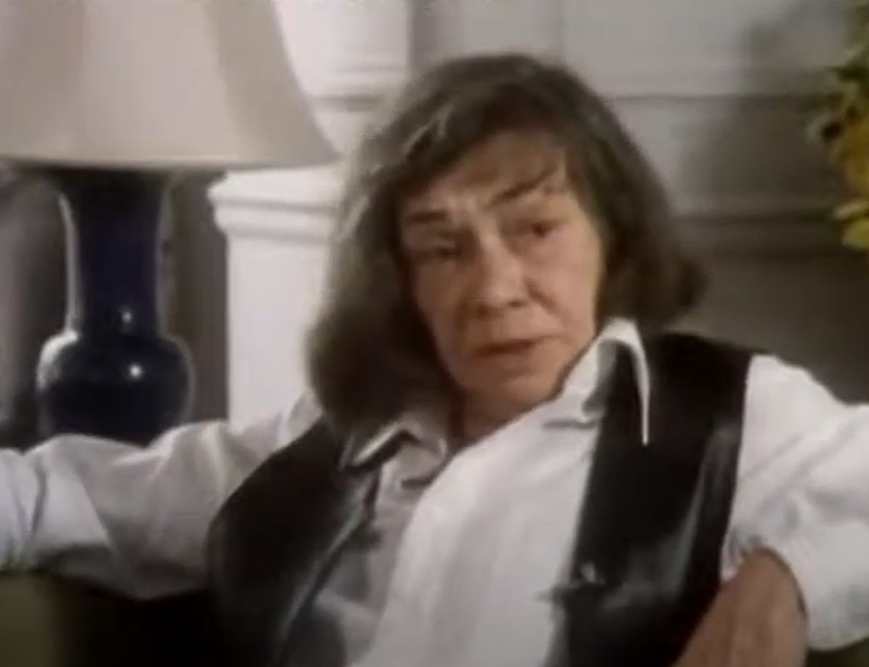 Patricia Highsmith, 74, (1921-1995) writer, George Pollen
Patricia Highsmith, 74, (1921-1995) writer, George Pollen
23. She Became Infatuated Again
While Highsmith was attending therapy to “regulate” herself, she needed to find new ways to pay the hefty session bills, and ended up taking a job in the toy section of the luxury department store Bloomingdale’s. Then she had a date with destiny. One day, a chic blonde woman wearing a mink coat came in and left delivery details.
Her name was Kathleen Senn, and she was about to inspire Highsmith’s next masterpiece.
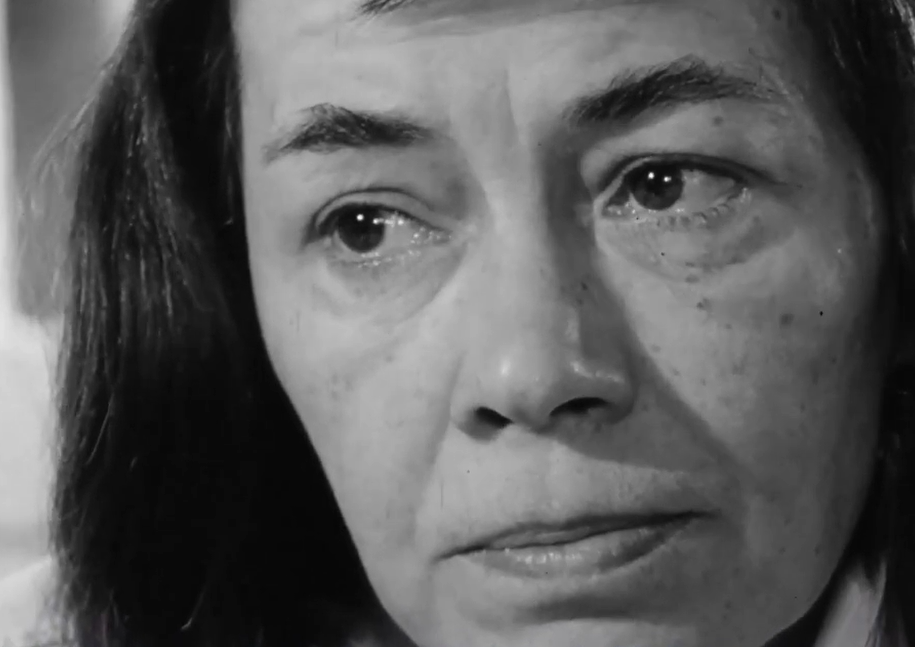 Ensemble Films, Loving Highsmith (2022)
Ensemble Films, Loving Highsmith (2022)
24. She Fantasized About Her
Highsmith’s fantasies were often greater than her reality, and although the writer never formally met Kathleen Senn again, she did go to her home to secretly watch her. For Highsmith, even this was enough for Senn to “almost ma[ke] me love her”. Inspired, she began writing The Price of Salt, later to become Carol, about their brief encounter.
Given its lesbian content, Highsmith published the text anonymously at first and thus avoided scandal. In any case, her most notorious years were just around the corner.
25. She Invented Tom Ripley
In the mid 1950s, Highsmith embarked on her most famous series when she published The Talented Mr Ripley, the first novel in her five-novel “Ripliad,” which follows the sociopathic Tom Ripley as he climbs the social ladder with his own disturbing methods.
At the time, critics praised Highsmith for her detailed representation of a psychopath, and the novel cemented her as an established novelist—but in real life, Highsmith’s private affairs resembled Tom Ripley far more than people knew.
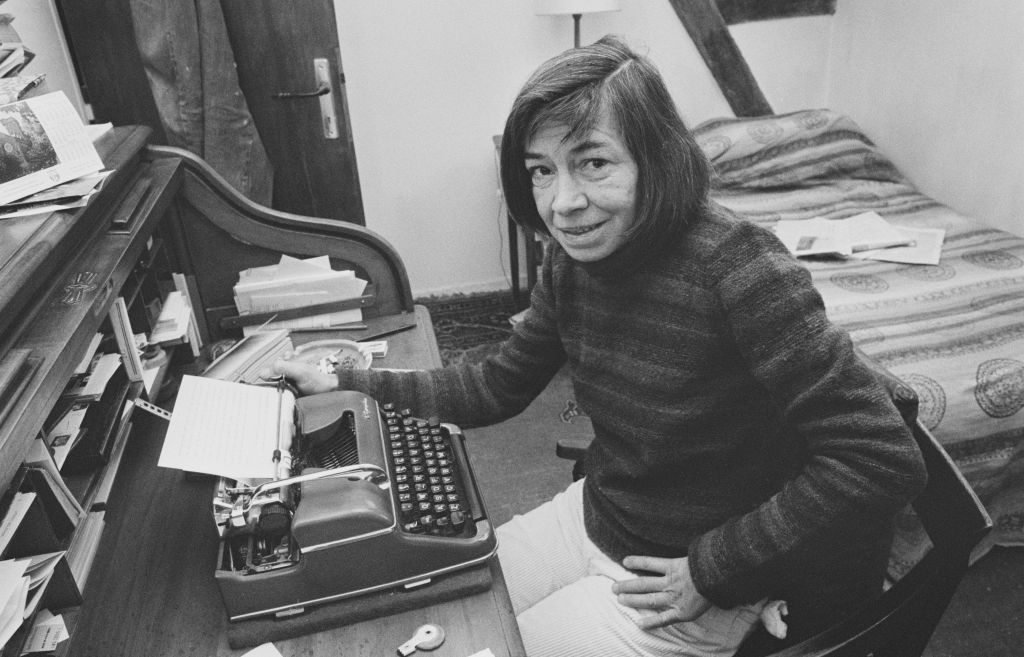 Jacques Pavlovsky, Getty Images
Jacques Pavlovsky, Getty Images
26. She Had Another Volatile Love
As Highsmith’s fame grew, her personal troubles deepened. In 1951, she began a stormy and ultimately doomed relationship with German sociologist Ellen Hill, which included Hill attempting her own life after a breakup discussion. Her other dalliances were full of similar patterns: Highsmith would storm into a relationship and then leave it just as quickly, often in pursuit of another woman.
Until the day she met her match.
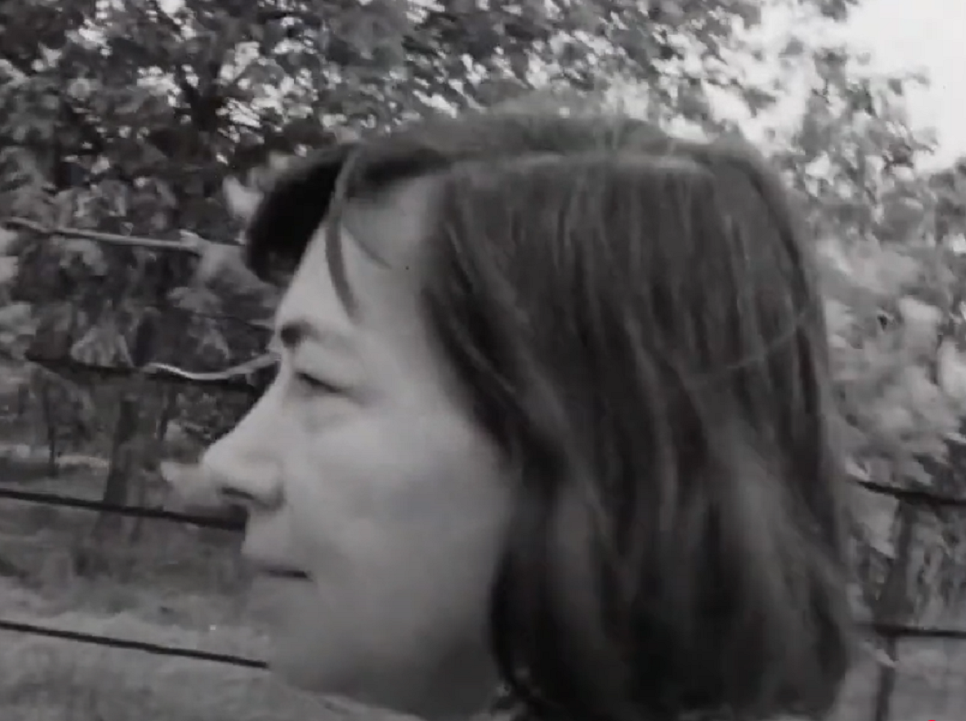 Ensemble Films, Loving Highsmith (2022)
Ensemble Films, Loving Highsmith (2022)
27. She Followed A Woman To England
By the 1960s, Highsmith was the celebrated author of The Talented Mr Ripley, and was mostly living in England. There was an unhealthy reason for this relocation. Smith had met and fallen head over heels for “the love of her life,” a still-anonymous Englishwoman married to a businessman and with a family of her own.
Highsmith had moved to England in 1963 to be closer to the woman, and the results were predictably disastrous.
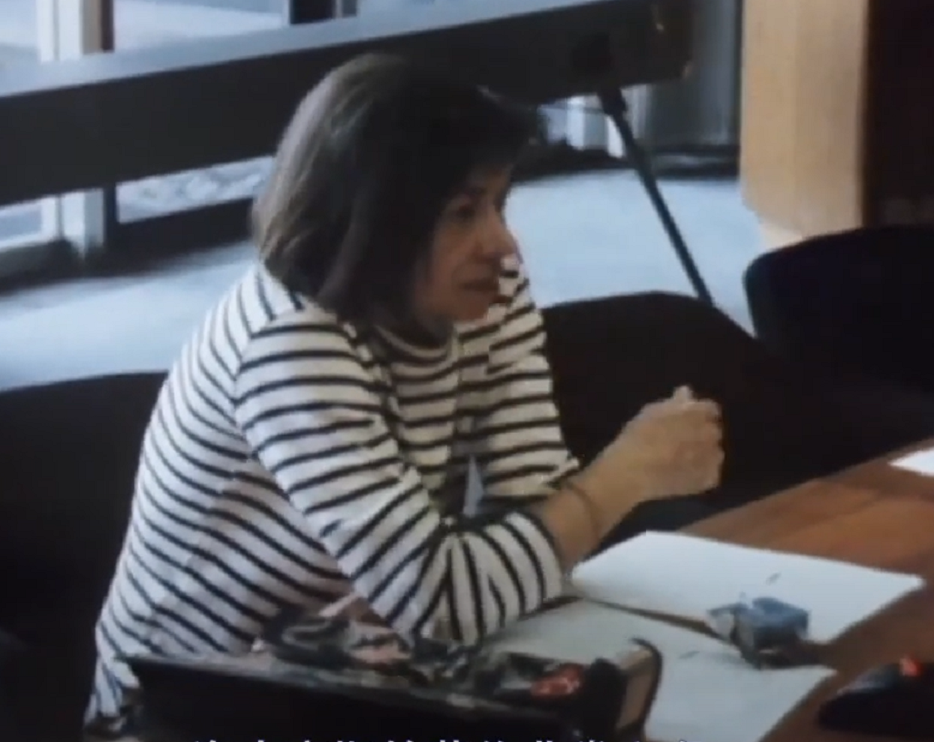 Ensemble Films, Loving Highsmith (2022)
Ensemble Films, Loving Highsmith (2022)

History's most fascinating stories and darkest secrets, delivered to your inbox daily.
28. She Was In A Love Triangle
Although the Englishwoman’s husband knew about the tryst and the three of them even holidayed together, this wasn’t enough for Highsmith. She eventually realized the woman would never leave her family for her, and became jealous of any time the woman would spend with her husband. So Highsmith reacted the only way she knew how.
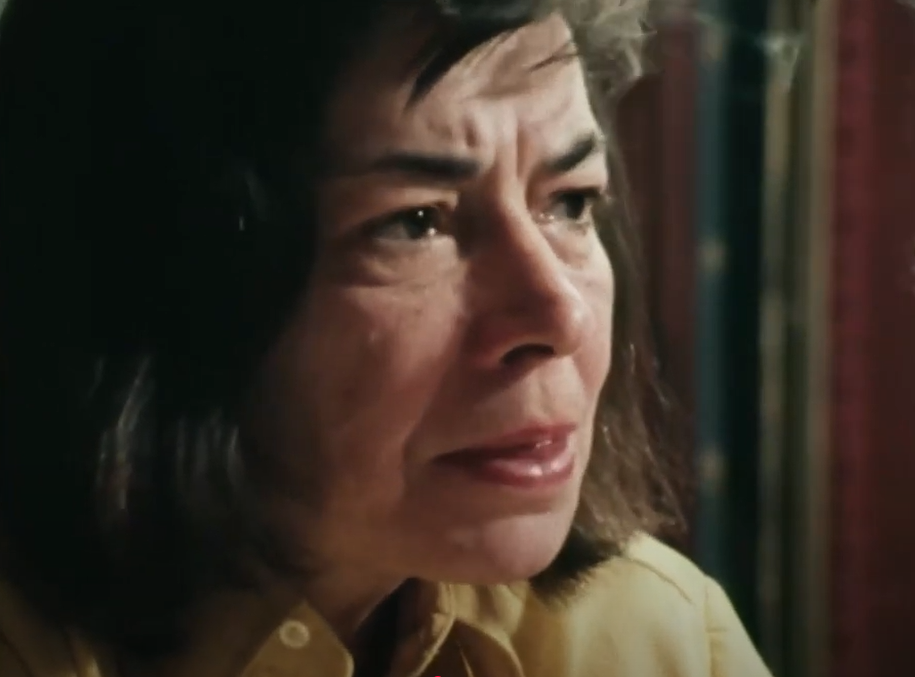 Ensemble Films, Loving Highsmith (2022)
Ensemble Films, Loving Highsmith (2022)
29. She Made Her Lover Jealous
Soon enough, Highsmith began spending more time with her previous lovers, like Ellen Hill, in order to balance out the English woman’s perceived neglect. This had the desired effect, and the woman now became jealous of Highsmith’s activities.
It could go nowhere good. It was perhaps the most passionate time of Highsmith’s life, and it was about to come to a bitter end.
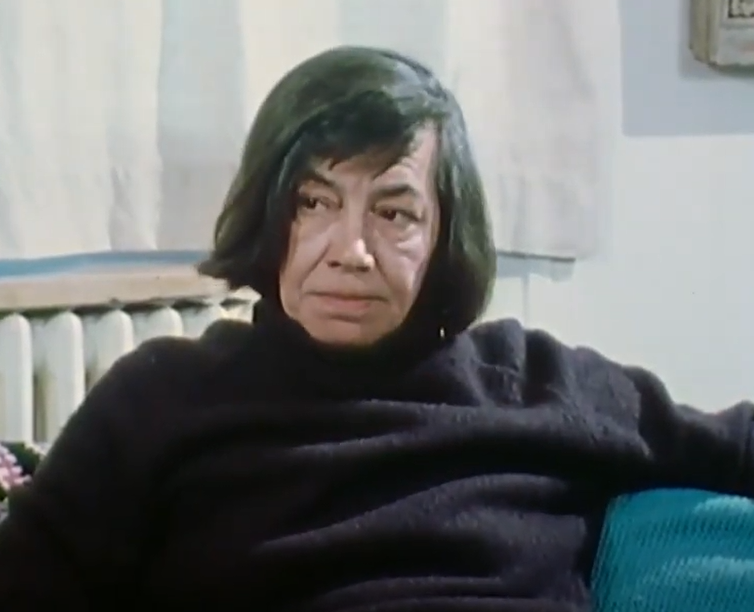 Ensemble Films, Loving Highsmith (2022)
Ensemble Films, Loving Highsmith (2022)
30. She Went Through The Worst Time Of Her Life
By October of 1966, Highsmith’s relationship with the anonymous Englishwoman came to close, and it was utterly heartbreaking. Where Highsmith often had no problem leaving women before, she later described this breakup as “the very worst time of my entire life”. More than that, it appeared to unleash a new viciousness in her.
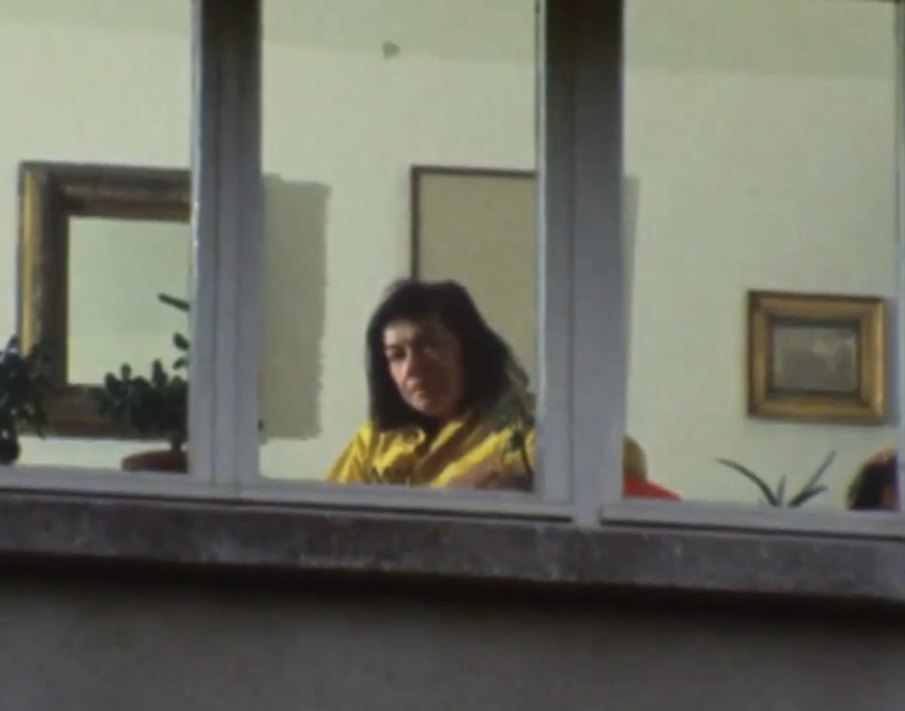 Ensemble Films, Loving Highsmith (2022)
Ensemble Films, Loving Highsmith (2022)
31. She Changed For The Worse
Highsmith had always been a volatile person, but a darker change now overcame her. Just before and especially after her breakup, she became more and more “eccentric, rude, difficult and antisocial”. In 1968, just two years after the split, she was at a party when she decided to lean her head into a candle and set her hair on fire.
But really, the nightmare that was Patricia Highsmith was just getting started.
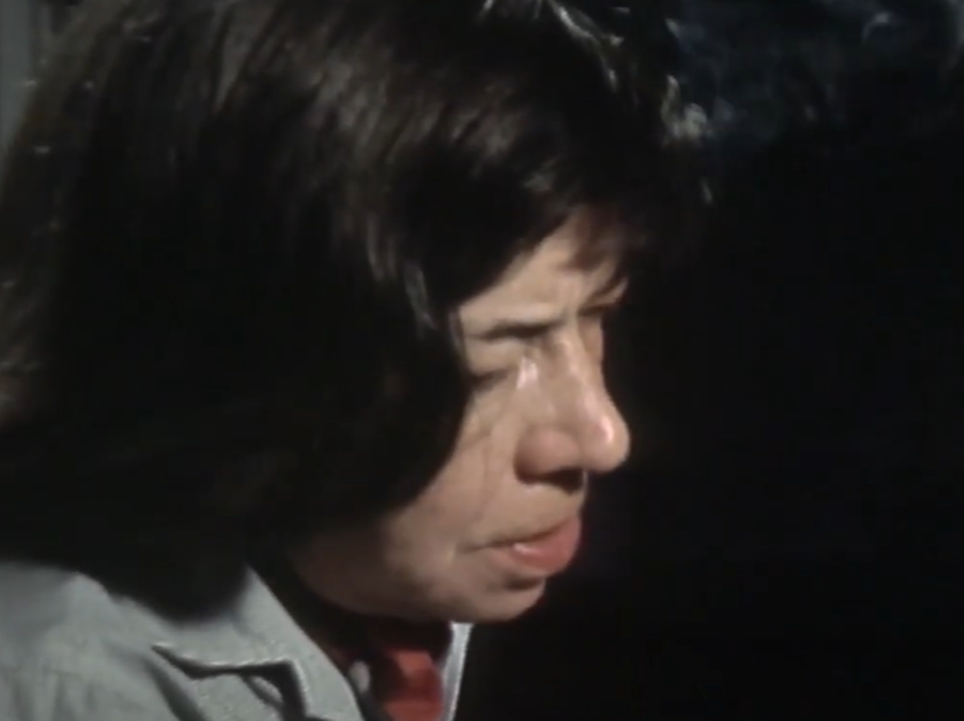 Ensemble Films, Loving Highsmith (2022)
Ensemble Films, Loving Highsmith (2022)
32. She Kept Strange “Pets”
Back in the late 1940s, Highsmith began keeping pet snails, and her obsession with them quickly ballooned into terrifying proportions. Eventually, she kept 300 snails inside her home in England, and claimed she smuggled them into France, where she went to live after the English breakup, inside her bra.
Highsmith also brought the snails with her to social gatherings: At one dinner party, she decided to bring a cadre of her pets with her, then let them slime over the expensive furniture.
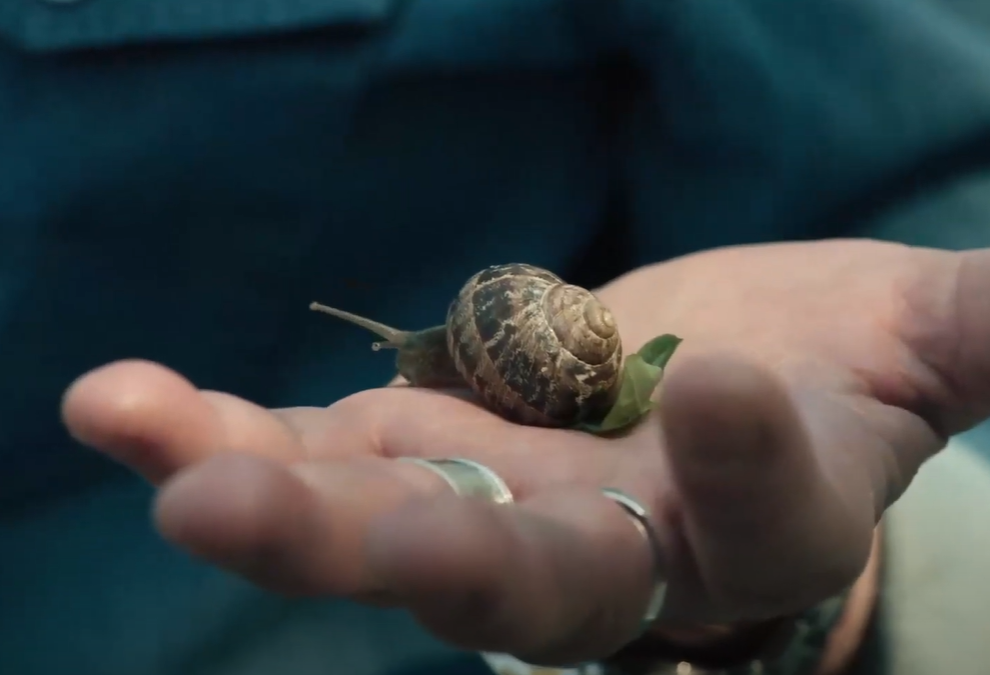 Ensemble Films, Loving Highsmith (2022)
Ensemble Films, Loving Highsmith (2022)
33. She Got Into A Physical Fight With Her Mother
In 1965, when Highsmith was still in the middle of her relationship with the Englishwoman, her mother paid her a visit. It ended in disaster. At the end of the six day stay, the pair had a fight that got physical, so much so that Highsmith had to call her doctor over to tend to them, and the doctor ended up sedating them both.
As time went on, this all only got worse.
 Ensemble Films, Loving Highsmith (2022)
Ensemble Films, Loving Highsmith (2022)

History's most fascinating stories and darkest secrets, delivered to your inbox daily.
34. She Performed A Ghastly Act
In 1971, Highsmith had two friends staying with her while she was living in France. Highsmith had always preferred to live alone, saying this stimulated her imagination, but she very much proved her need for isolation on this visit: Apparently upset at her friends’ presences, she ended up throwing a dead rat into their room.
More and more, then, Highsmith’s mental health seemed to deteriorate—and some friends had ideas about the cause.
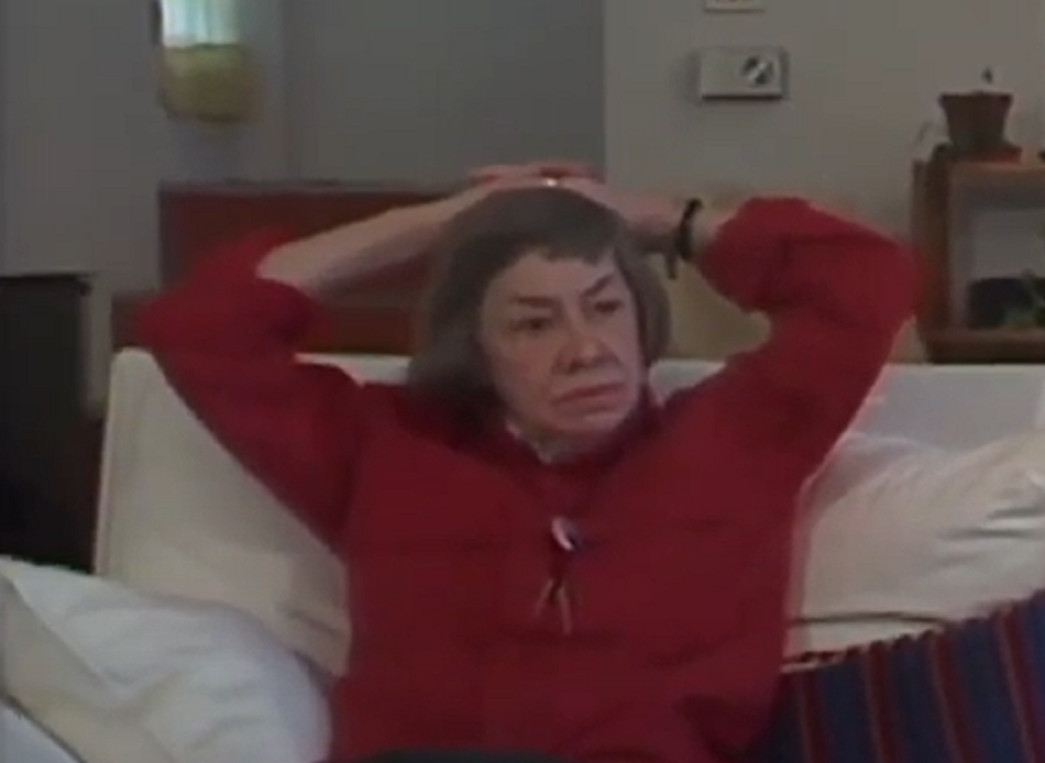 Ensemble Films, Loving Highsmith (2022)
Ensemble Films, Loving Highsmith (2022)
35. She Was Fundamentally Unhappy
The truth behind Highsmith’s behavior was a puzzle to many who knew her, but some believed it had a lot to do with her unhealthy and unhappy lifestyle. Success had not brought her joy, and she wrote in January 1970 that she was “now cynical, fairly rich…lonely, depressed, and totally pessimistic”.
To cope with this depression, Highsmith now had terrible habits.
 Ensemble Films, Loving Highsmith (2022)
Ensemble Films, Loving Highsmith (2022)
36. She Had A Crippling Addiction
Highsmith had turned increasingly to alcohol to drown her sorrows. The effects were stark. By her middle age, she was a full blown alcoholic, and would drink steadily from the time she got up to the time she went to bed. Compounding this, she would smoke 40 Gauloises' a day, and barely ate any vegetables or fruit.
Yet there were perhaps more unsettling reasons for her behavior.
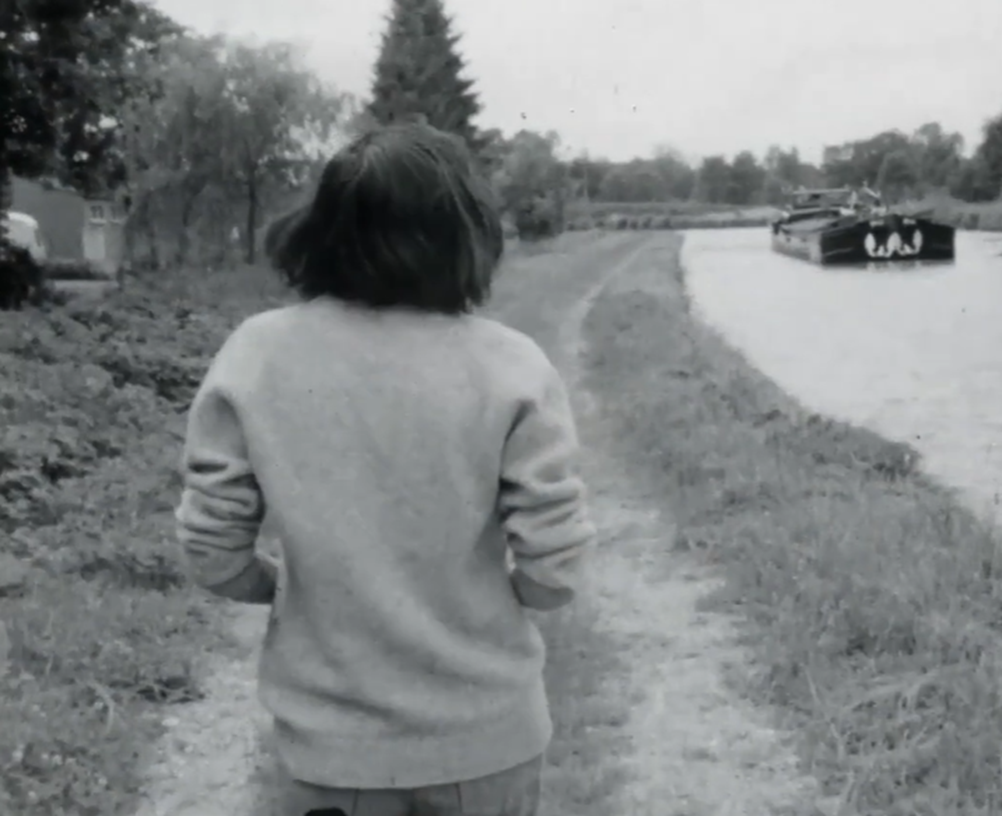 Ensemble Films, Loving Highsmith (2022)
Ensemble Films, Loving Highsmith (2022)
37. People Thought She Was A Psychopath
Highsmith had other problems that affected her mental health. Some believed she was on the spectrum, while others thought she suffered from the same sociopathy as her most famous character, Tom Ripley. A psychiatrist who happened to observe her at a hotel in the 1960s reportedly told the owner, “You do realize you have a psychopath in the hall”.
Whatever the causes of her actions, it was all going to catch up with Highsmith—not that you could tell from the outside.
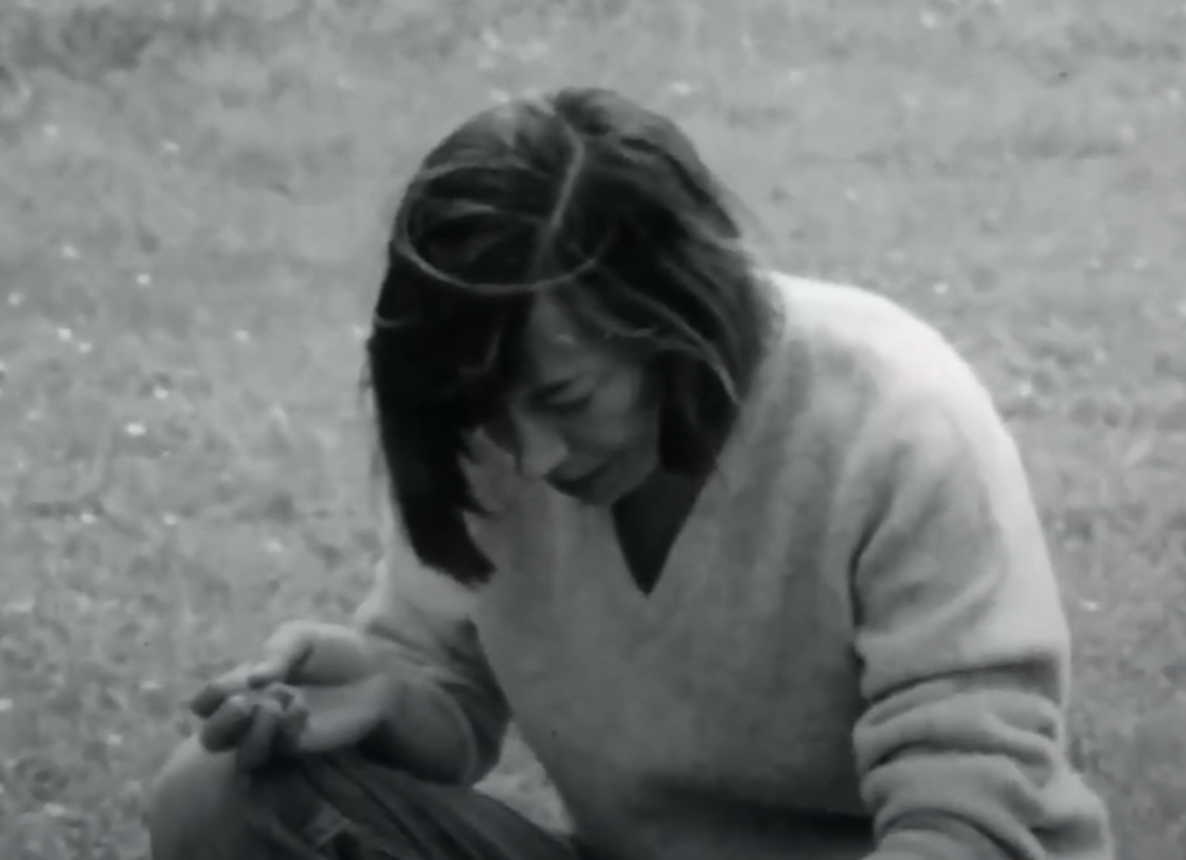 Ensemble Films, Loving Highsmith (2022)
Ensemble Films, Loving Highsmith (2022)
38. She Went Hollywood
Professionally, Highsmith was reaching new heights. She continued to write novels, and although they weren’t always as well received in America as she wanted, she was gaining traction in both films—Wim Wenders adapted Ripley’s Game in 1977 when he made The American Friend—and in Europe.
Then, the penny finally dropped.
 Thiago Piccoli, CC BY 2.0, Wikimedia Commons
Thiago Piccoli, CC BY 2.0, Wikimedia Commons
39. She Had Grave Health Problems
In 1973, Highsmith’s doctor finally put his foot down and told her that if she didn’t change something about her lifestyle, she couldn’t possibly expect to live past the age of 55. In 1980, his prediction was followed by grave cardiovascular issues, irregular bleeding, and blockages in Highsmith’s right leg.
Highsmith did try to change her life after this.
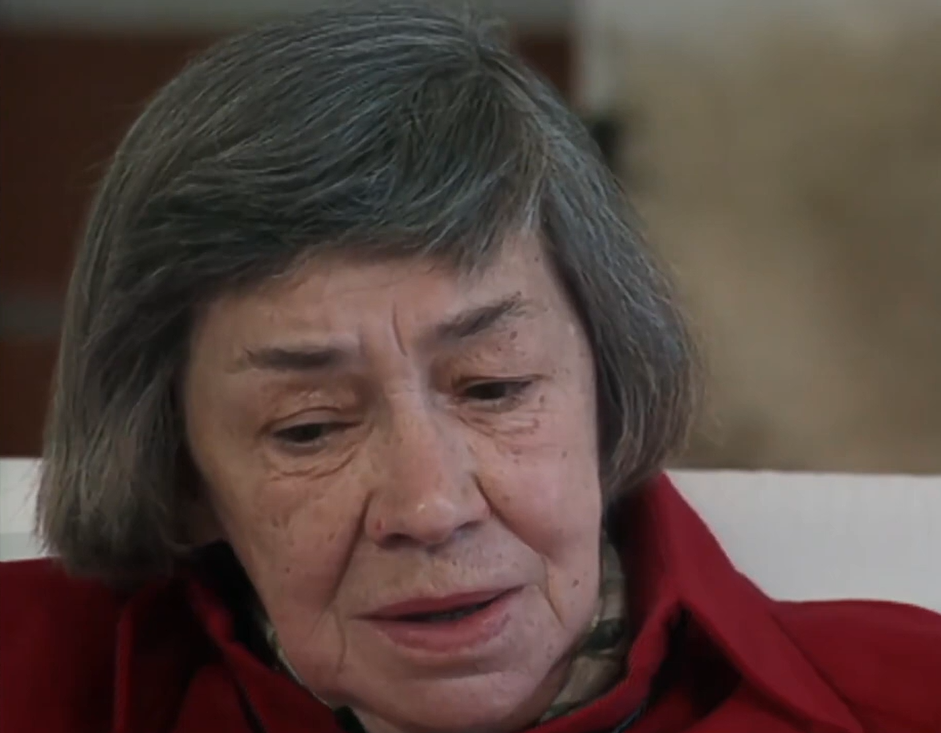 Ensemble Films, Loving Highsmith (2022)
Ensemble Films, Loving Highsmith (2022)

History's most fascinating stories and darkest secrets, delivered to your inbox daily.
40. She Made A Big Change
After her surgery, and thanks to some French tax issues, Highsmith decided she needed a change of scenery and moved to Switzerland in 1982. She would spend most of her remaining years there.
Even so, this wasn’t a big enough change to reverse all the damage she had already done—and the damage she had yet to do.
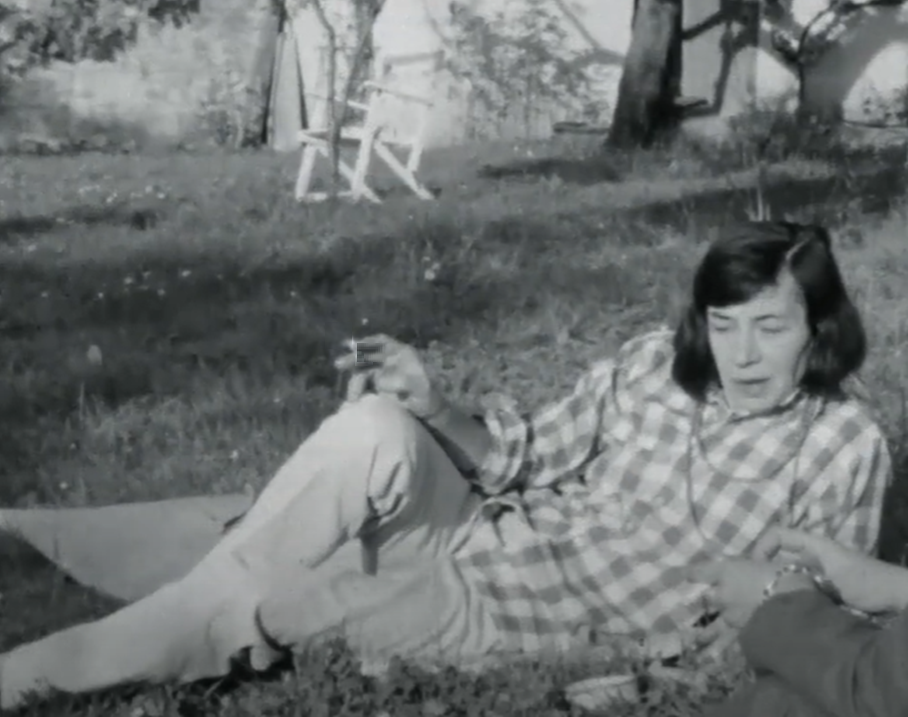 Ensemble Films, Loving Highsmith (2022)
Ensemble Films, Loving Highsmith (2022)
41. She Cut Herself Off
As time went on, Highsmith became more and more reclusive. While in France and on the rebound from the Englishwoman, she had engaged in a spate of relationships with women usually two or three decades younger than her. Switzerland brought about a different sadness. While there, Highsmith decided to become completely celibate, cutting her off even more from human connection.
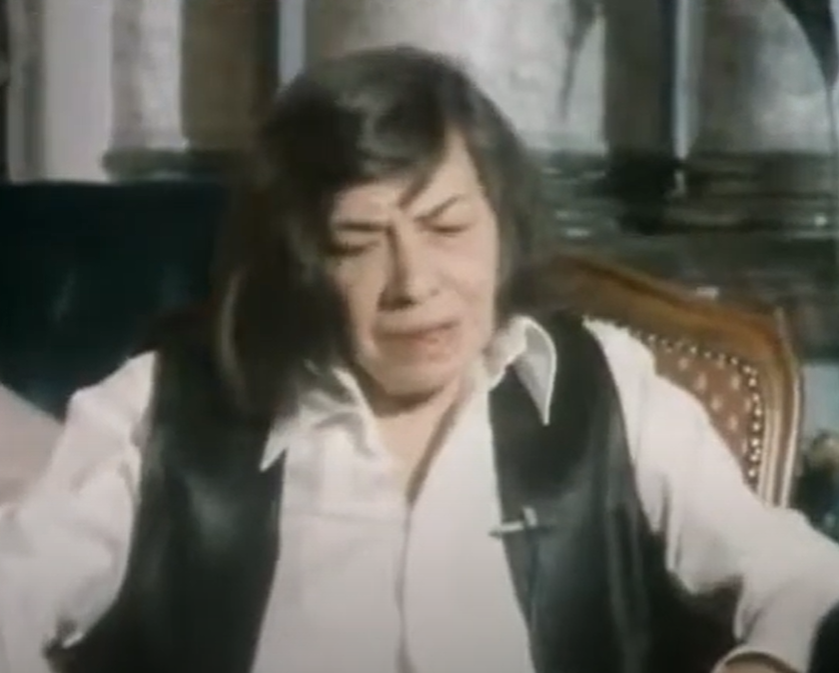 Patricia Highsmith, 74, (1921-1995) writer, George Pollen
Patricia Highsmith, 74, (1921-1995) writer, George Pollen
42. Her Writing Suffered
The late 80s and beyond were not kind to Patricia Highsmith or to her work. According to many critics, her writing became vague and out of touch, especially with Americans. One of her last novels, The People Who Knock on the Door, underperformed in the US market, and one critic described it as “a flat book”. But these were the least of her worries.
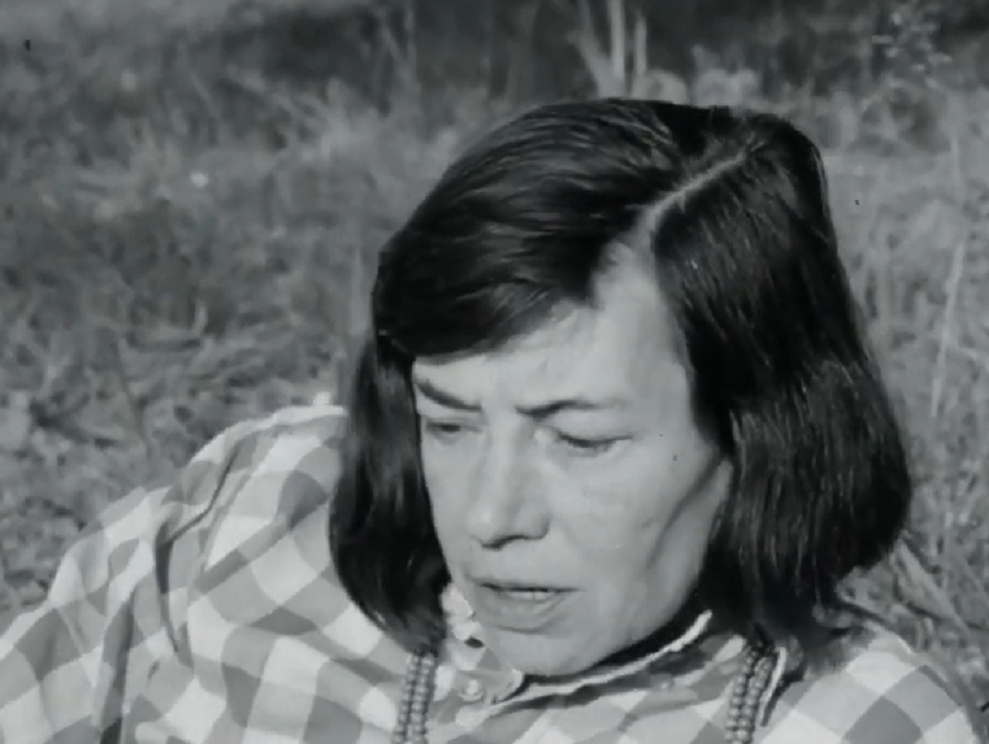 Ensemble Films, Loving Highsmith (2022)
Ensemble Films, Loving Highsmith (2022)
43. She Was In And Out Of Surgery
Starting in 1986, Highsmith’s health took another big hit. Several, actually. That year, she had to undergo surgery for lung cancer (somehow not related to her smoking habit). Then in 1992, she had more issues with her leg arteries and had to widen a left femoral artery before undergoing another surgery to remove a benign tumor.
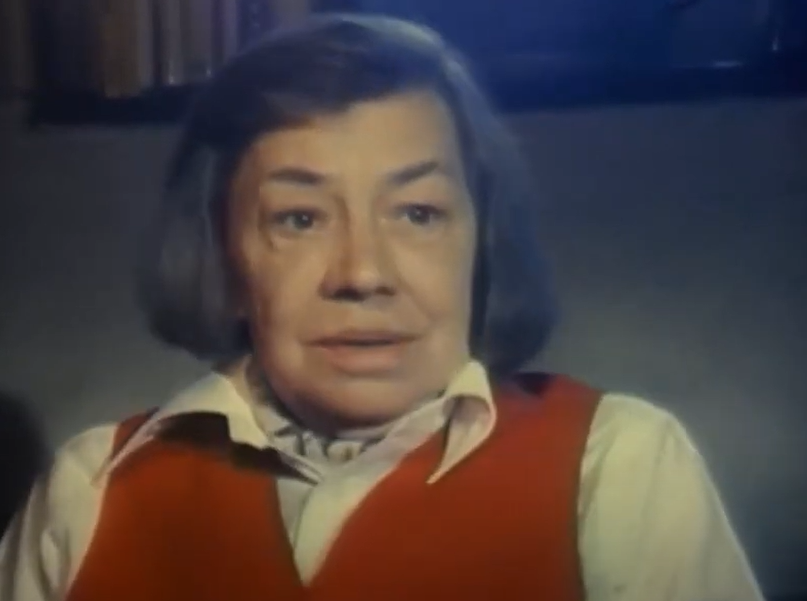 Ensemble Films, Loving Highsmith (2022)
Ensemble Films, Loving Highsmith (2022)
44. She Made A Horrible Home To Live In
Throughout this trying time, Highsmith did still have friends who stuck by her, but her surroundings were utterly bleak. She lived in a Brutalist home in Tenga, Switzerland that she had commissioned herself, and it was so spare and forbidding that those remaining friends nicknamed it “the bunker”.
But 1993 was her true nightmare year.
 Ensemble Films, Loving Highsmith (2022)
Ensemble Films, Loving Highsmith (2022)
45. She Got A Fatal Blow
A year after her double surgery for her leg artery and benign tumor, Highsmith got the news that would eventually kill her. She had lung cancer again, as well as aplastic anemia, which meant her body couldn’t produce enough blood cells. At that point, the staunchly independent Highsmith was too weak to tend to herself and had to hire a home carer.
But in these final days, she still had to endure cutting insults.
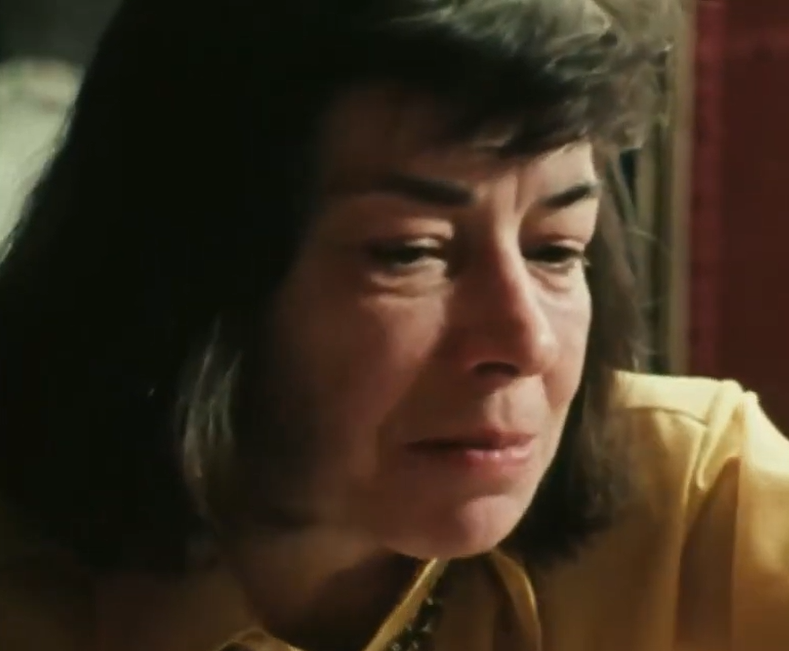 Ensemble Films, Loving Highsmith (2022)
Ensemble Films, Loving Highsmith (2022)

History's most fascinating stories and darkest secrets, delivered to your inbox daily.
46. She Got A Brutal Rejection
At the very end of her life, Highsmith went heartbreakingly full circle. While living in Switzerland, she finished both Ripley Under Water and her last novel, Small g: A Summer Idyll. But when she submitted Summer Idyll to her current American publisher Knopf, she got gut-wrenching news: They rejected it. It was just like her early days…only, now her days were numbered.
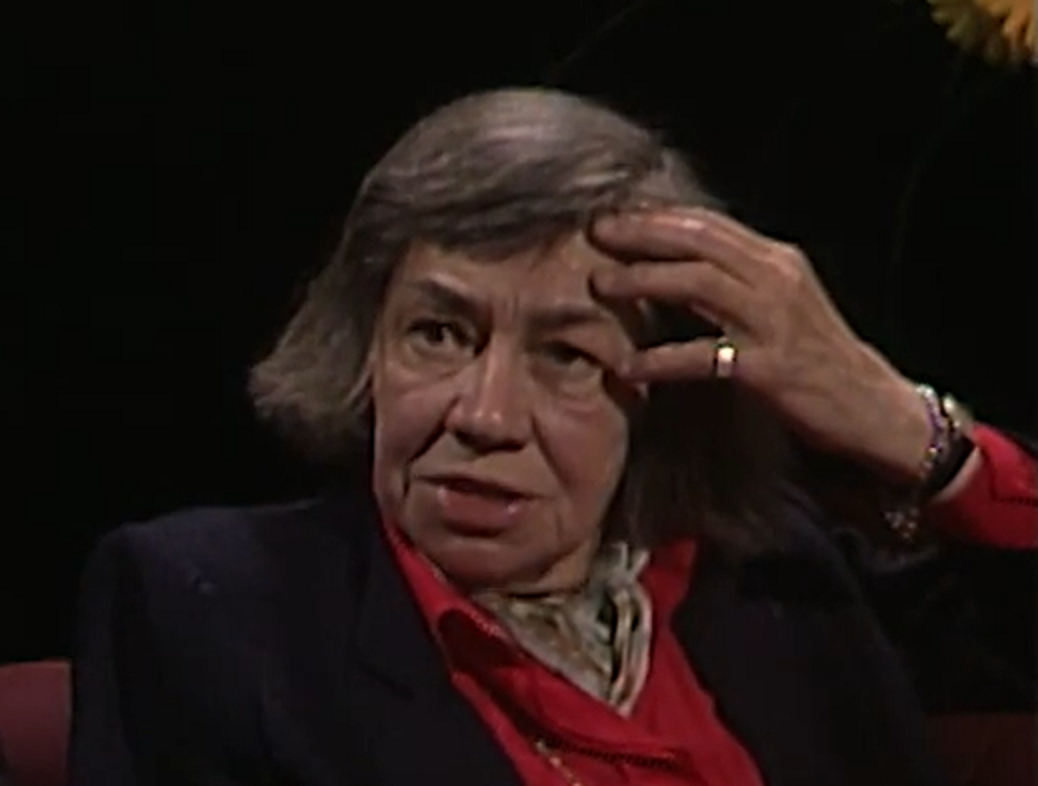 Patricia Highsmith, 74, (1921-1995) writer, George Pollen
Patricia Highsmith, 74, (1921-1995) writer, George Pollen
47. She Was A Hateful Person
Patricia Highsmith had a painful, complex life…but this doesn’t excuse her most horrifying side. She truly wore her hate on her sleeve, and although she was generally left-leaning, anti-war, and ecologically conscious, she also despised most people who weren’t “like her”. To take one example, she admired Margaret Thatcher for her tax cuts, since Highsmith couldn’t stand the idea of supporting the poor.
She didn’t leave it at that, either.
 Terence Donovan, Wikimedia Commons
Terence Donovan, Wikimedia Commons
48. She Shouted Her Hate
Highsmith also loved to tout her hateful ideas loudly and to any company, often embarrassing her friends and producing printed quotes about all kinds of people—women, minorities, Jewish people, almost anyone—that are near unspeakable. As her biographer put it, “You name the group, she hated them”.
Perhaps, then, there was some justice in her end.
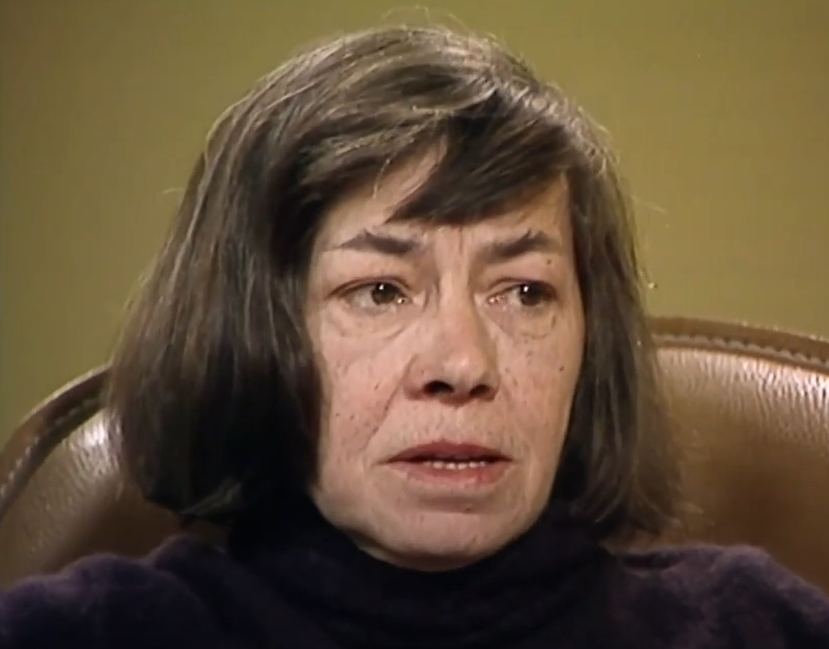 Ensemble Films, Loving Highsmith (2022)
Ensemble Films, Loving Highsmith (2022)
49. Her Mother Sent Her A Cruel Letter
In 1974, Highsmith received a letter that made her blood run cold. It was from her mother, stating that she wanted nothing more to do with her wayward daughter. It would be a blow to anyone, but it was especially brutal to Highsmith, who never knew whether to love or despise the woman who had brought her into the world.
Yet that wasn’t the most heartbreaking part.
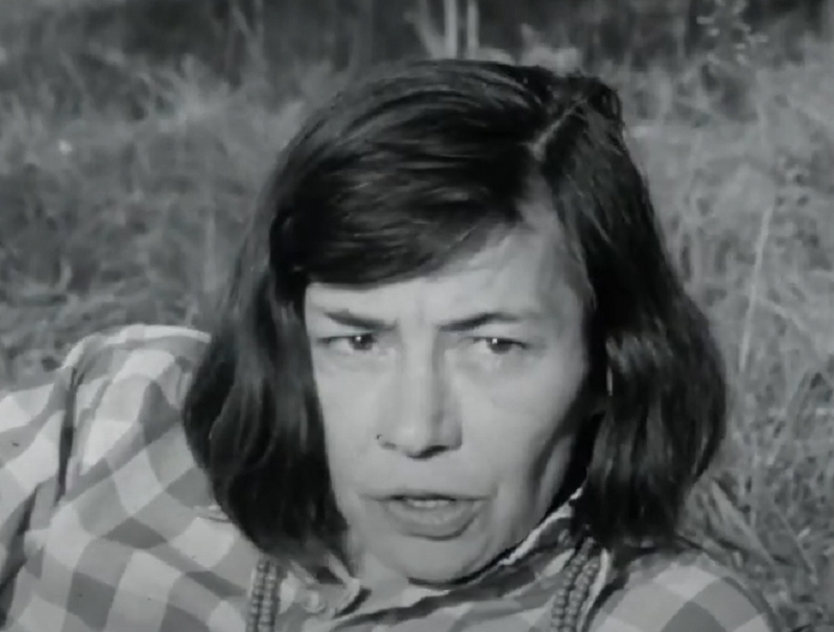 Ensemble Films, Loving Highsmith (2022)
Ensemble Films, Loving Highsmith (2022)
50. She Never Reconciled With Her Mother
Most tragic of all, Highsmith’s mother Mary kept the bitter promise she made in that letter. Although Mary went into a nursing home the very next year, she never resumed contact with her own daughter—and Highsmith never reached out, either. The mother and daughter kept their silence for nearly 20 years, until Mary died in 1991.
Highsmith wasn’t far behind.
51. Her Death Birthed Her Last Novel
On February 4, 1995, Highsmith’s aplastic anemia and lung cancer took the 74-year-old’s life at last. She passed near where she lived, in a hospital in Locarno, Switzerland. Shortly after, Bloomsbury published Small g: A Summer Idyll in the United Kingdom, with WW Norton taking up the publication of the book in America only a full nine years later.
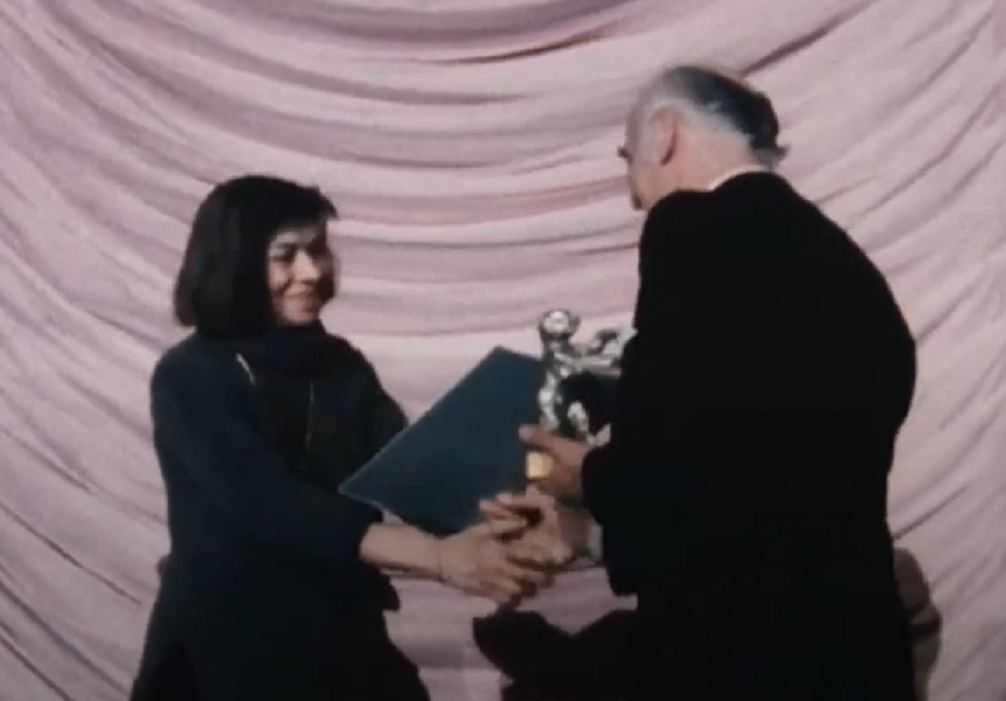 Ensemble Films, Loving Highsmith (2022)
Ensemble Films, Loving Highsmith (2022)

History's most fascinating stories and darkest secrets, delivered to your inbox daily.
52. She Never Wanted Peace
Patricia Highsmith’s dark, complicated, and tormented writing mirrored her life. For what it may be worth, Highsmith seemed to recognize her own demons: On New Year’s, 1947, she wrote in her journal what would become one of her more famous quotations:
“To all the devils, lusts, passions, greeds, envies, loves, hates, strange desires, enemies ghostly and real, the army of memories, with which I do battle—may they never give me peace”.
You May Also Like:
The Mysterious Life Of Alla Nazimova, The Mother Of Sapphic Hollywood
What Happened To Brian Wilson From The Beach Boys?
Hollywood's Silent Film Star Tragedy
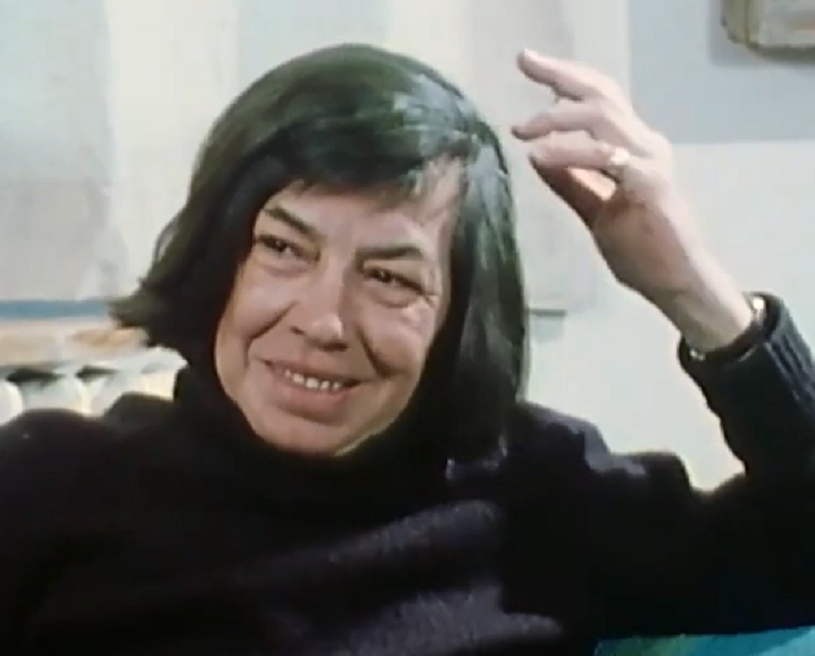 Ensemble Films, Loving Highsmith (2022)
Ensemble Films, Loving Highsmith (2022)


